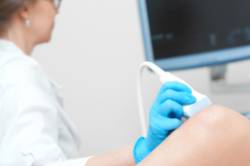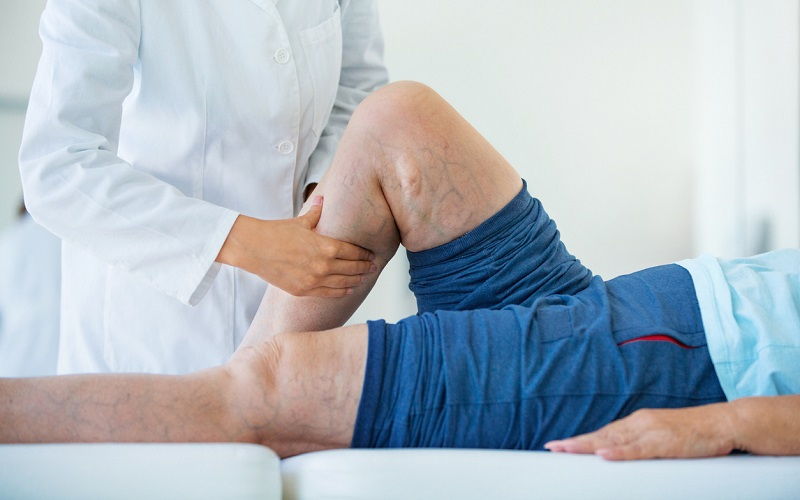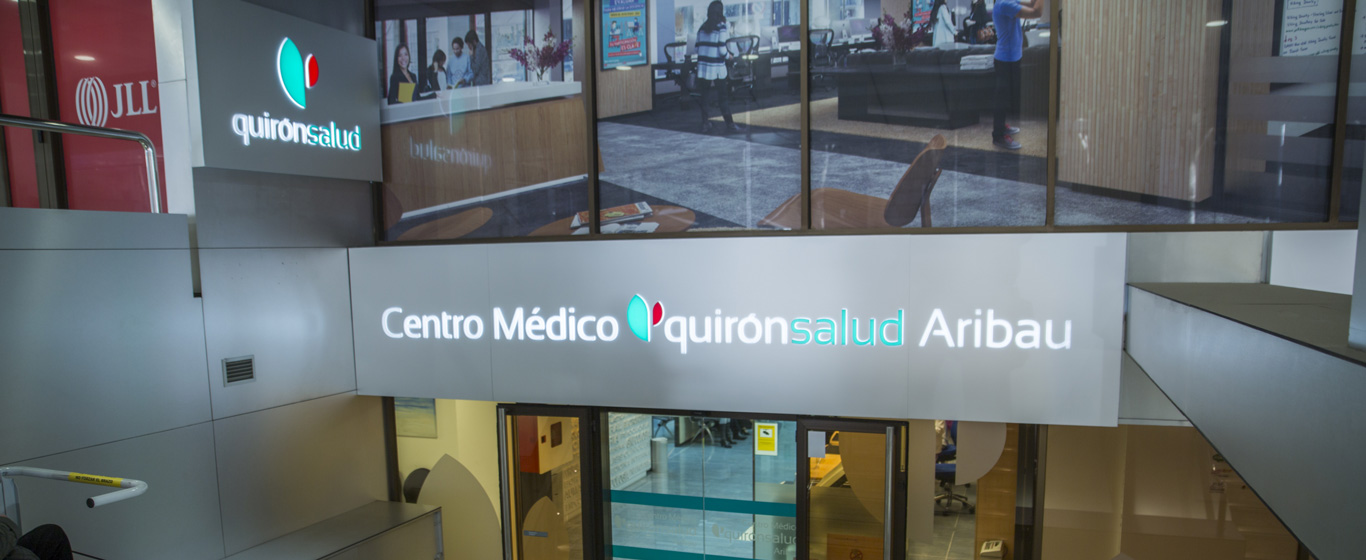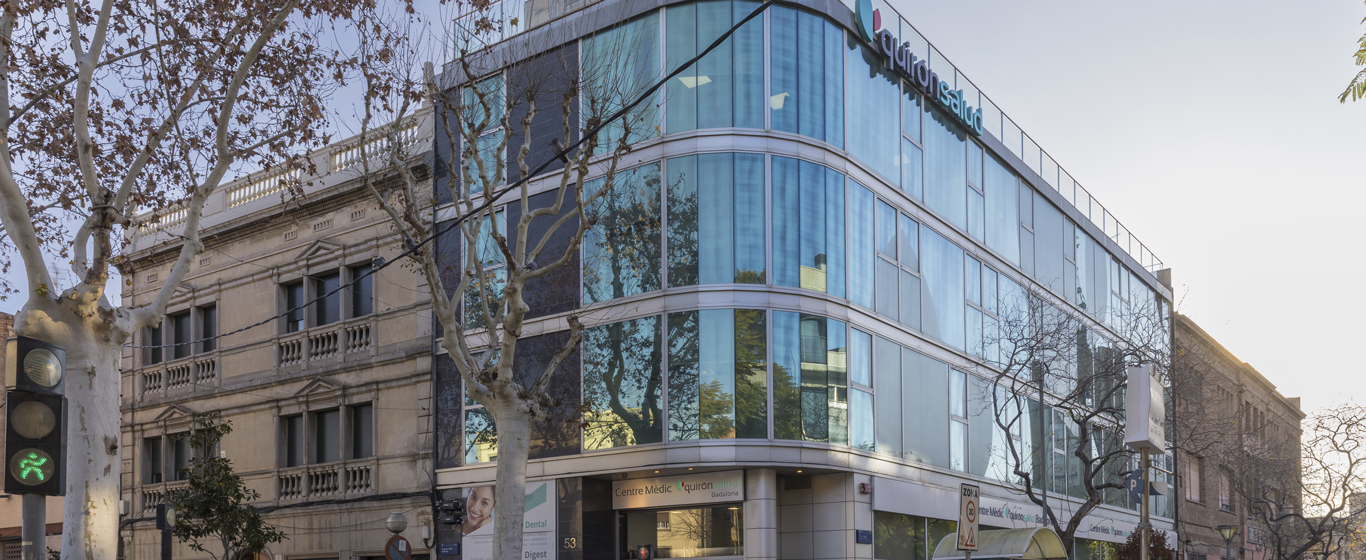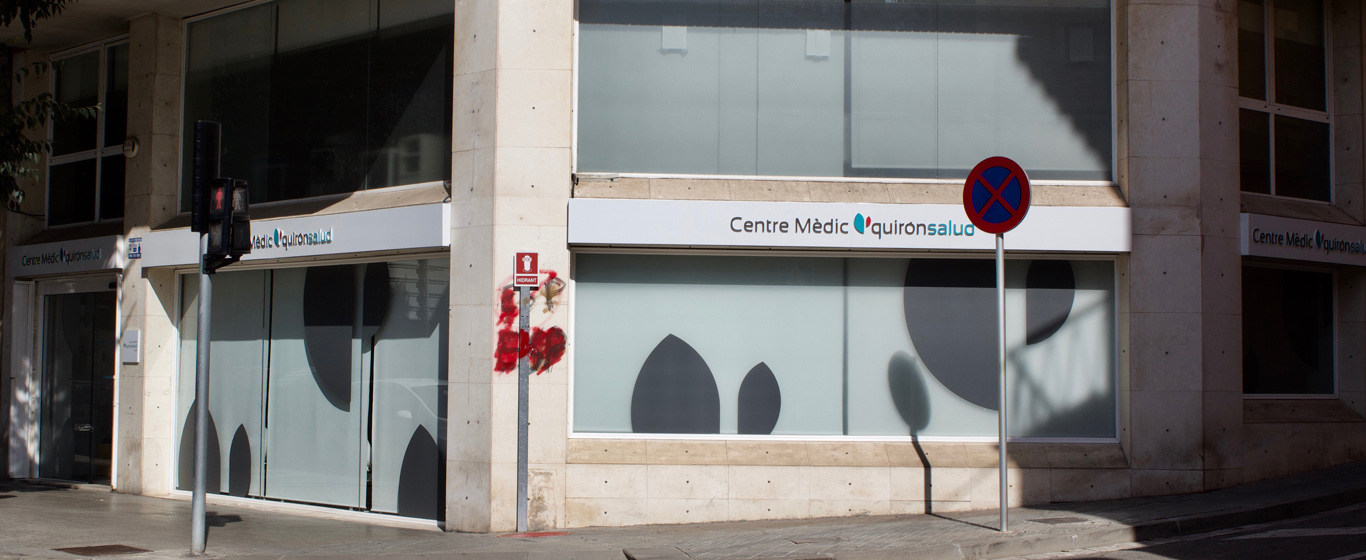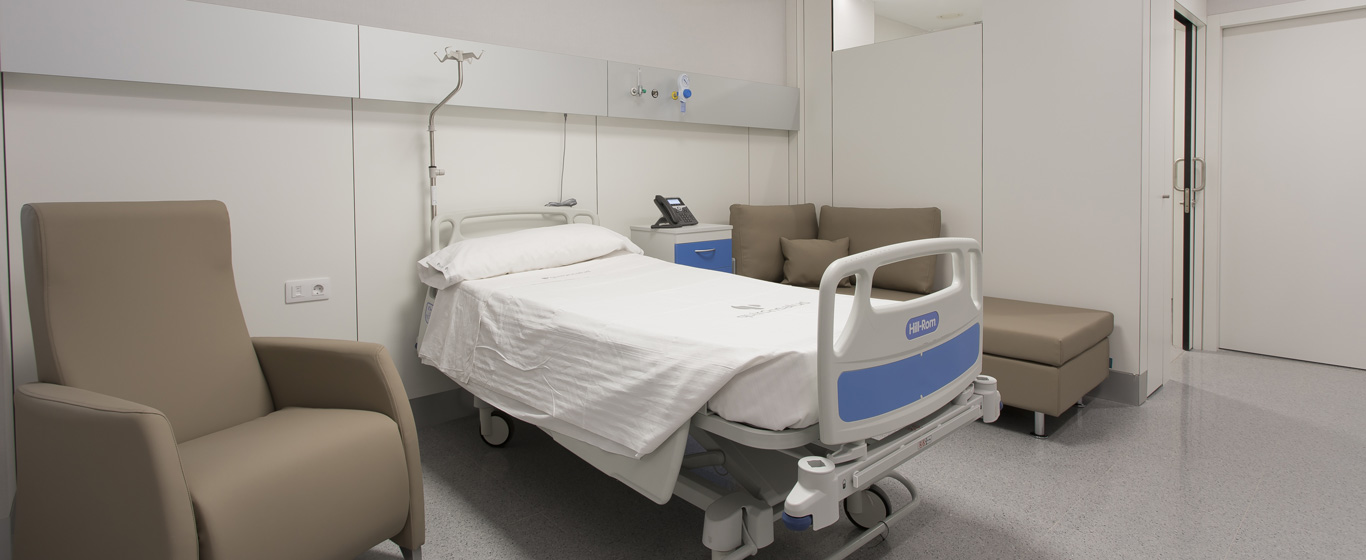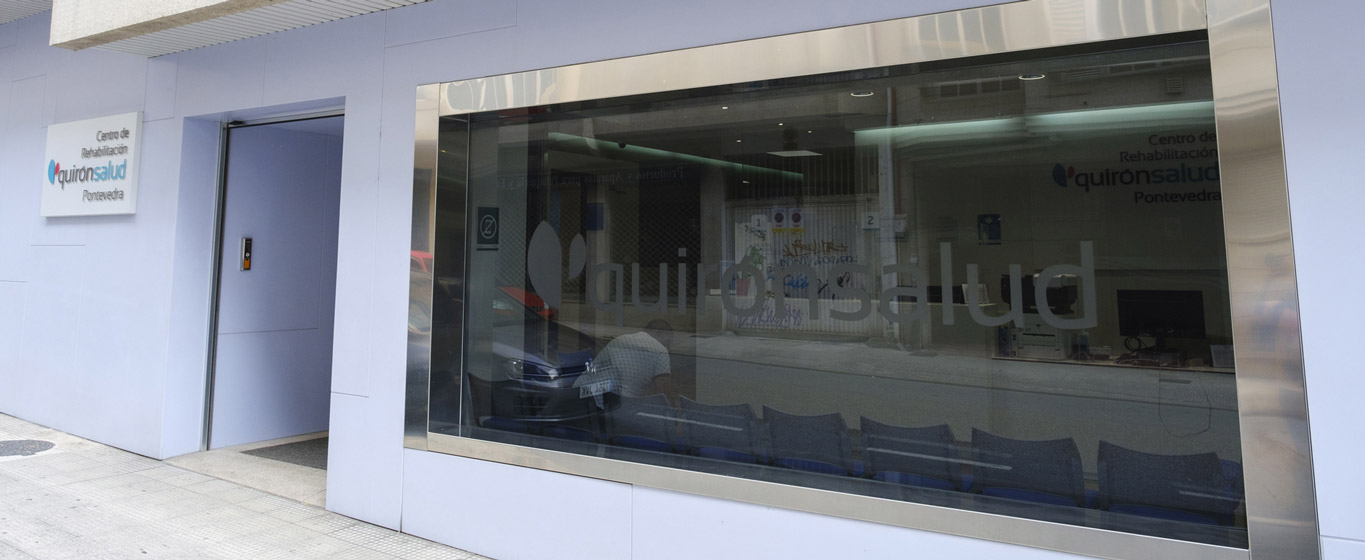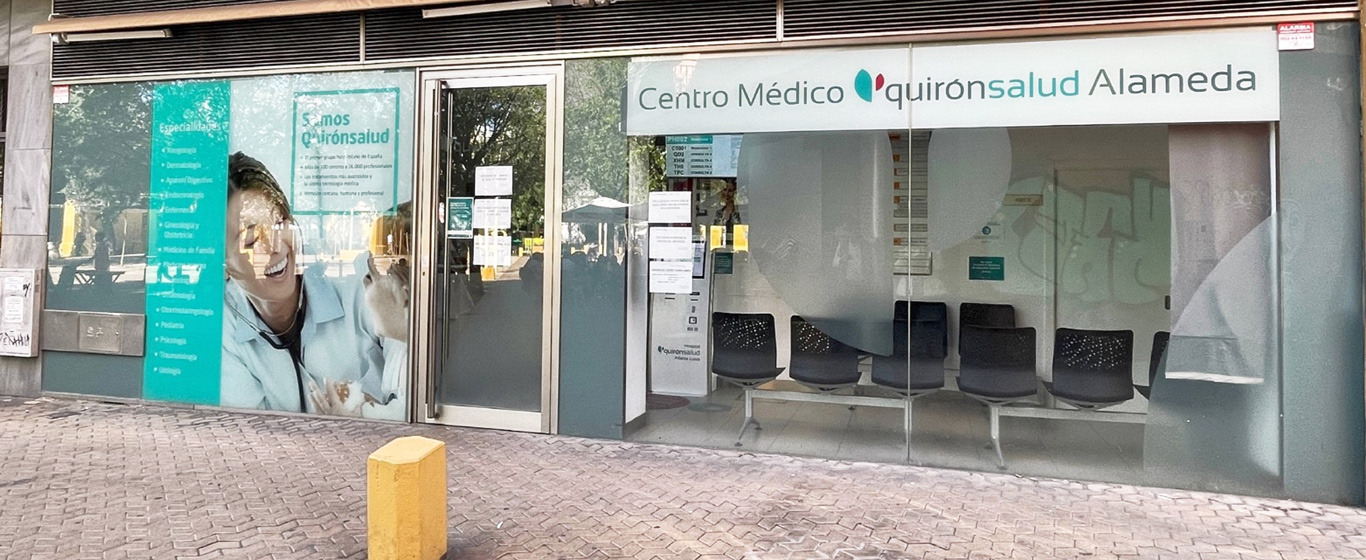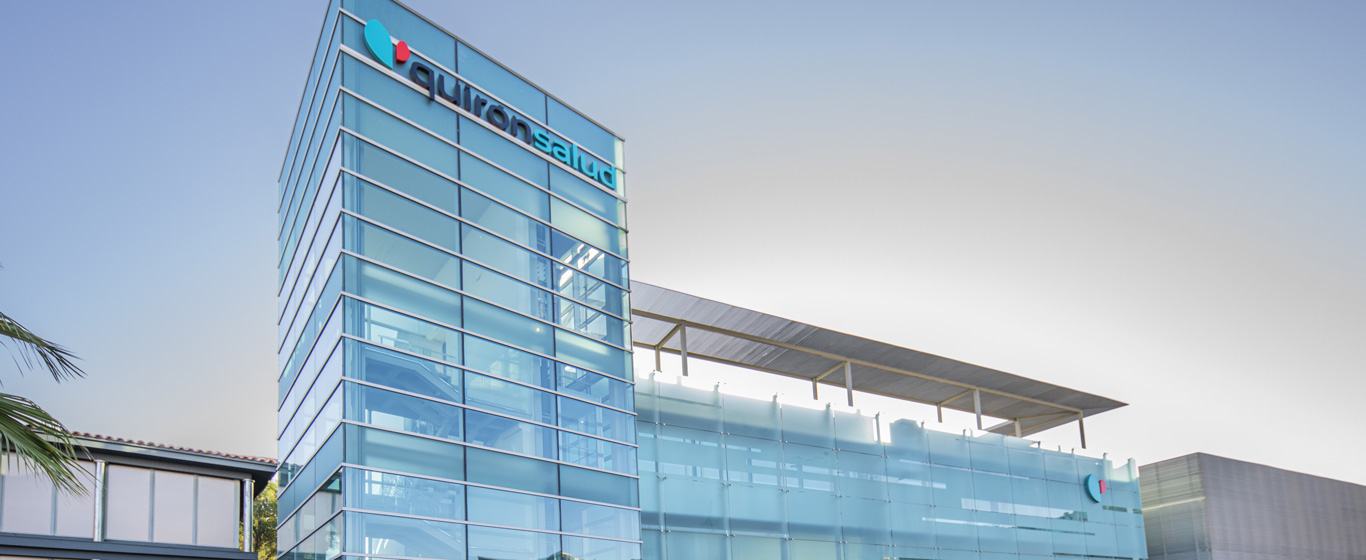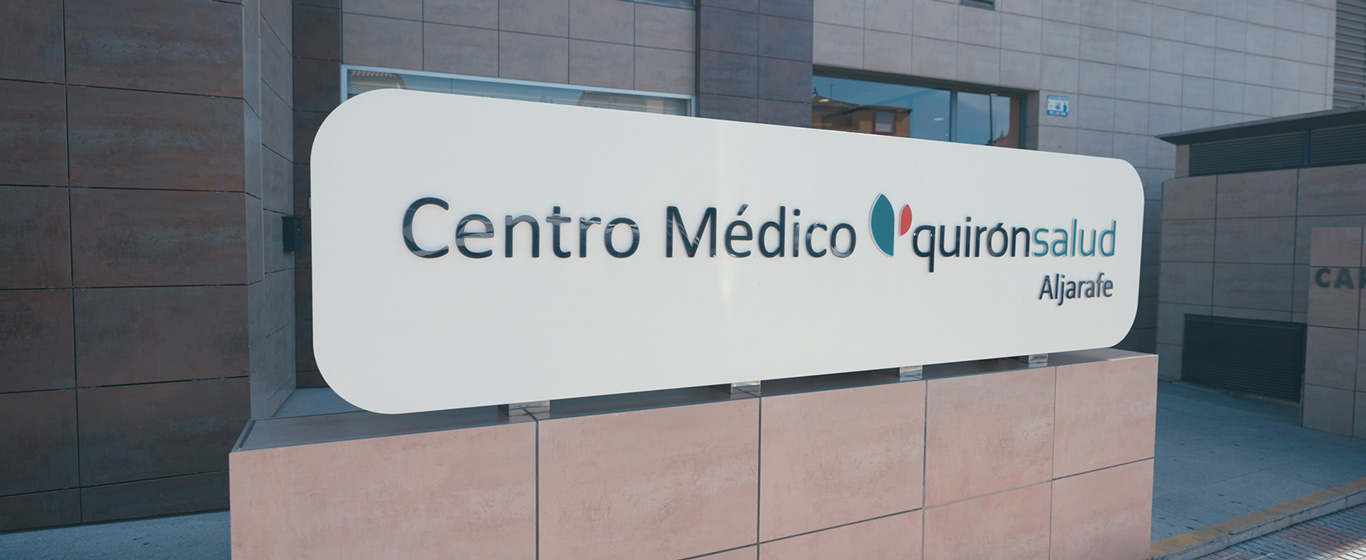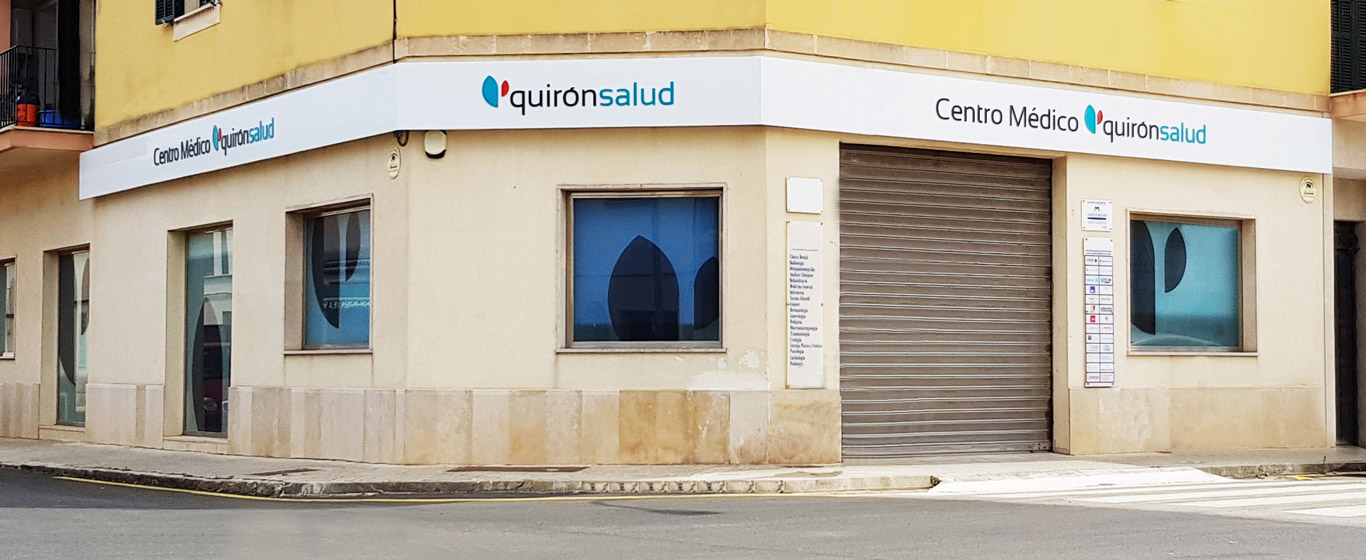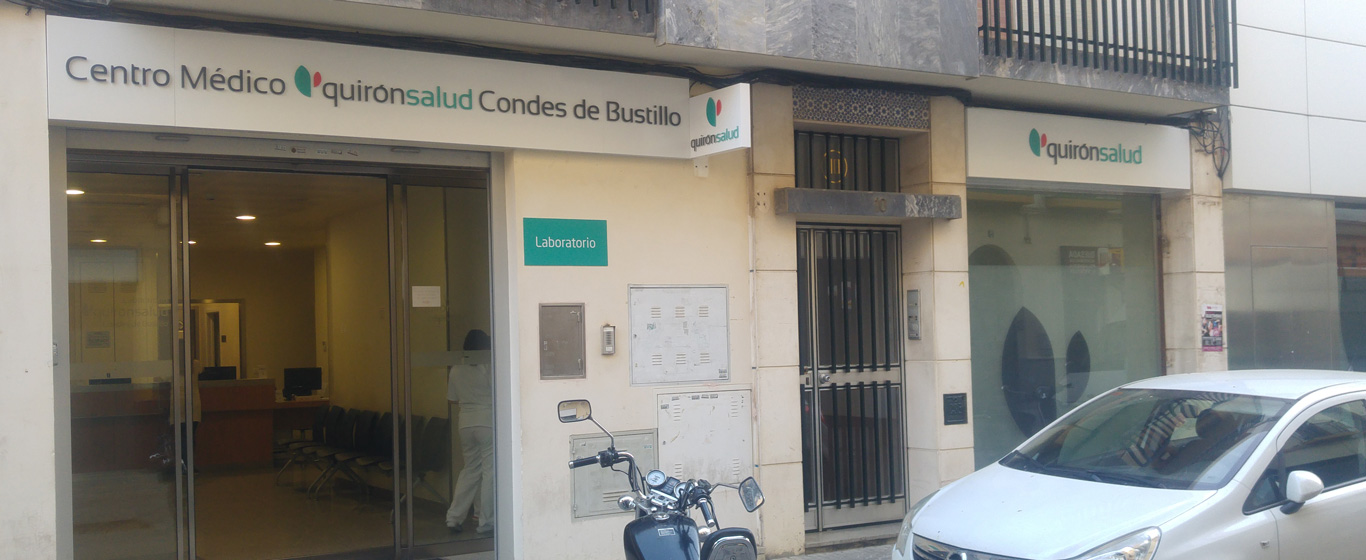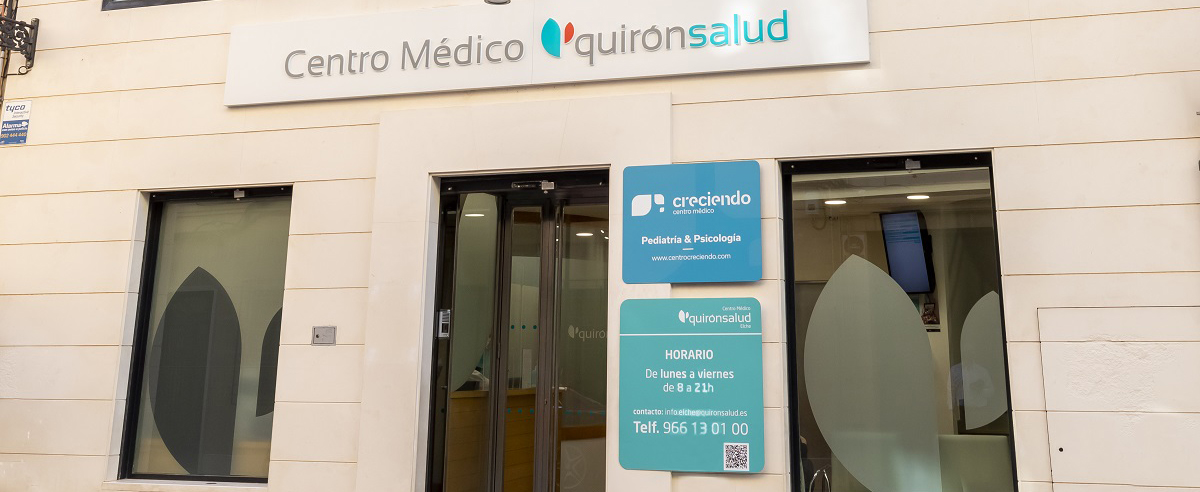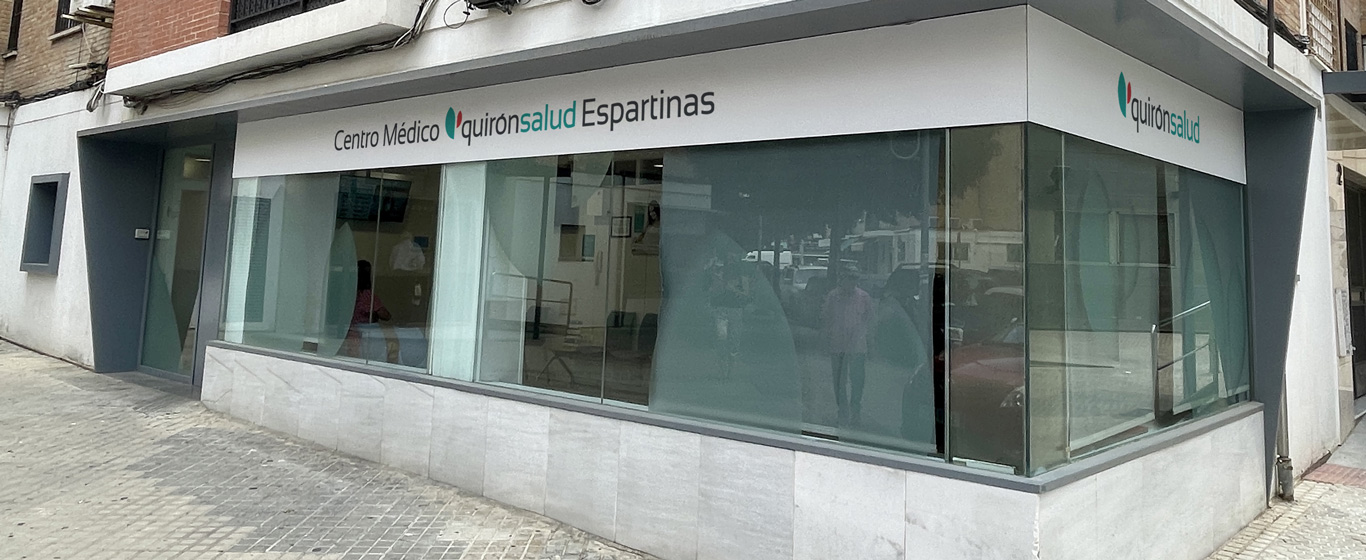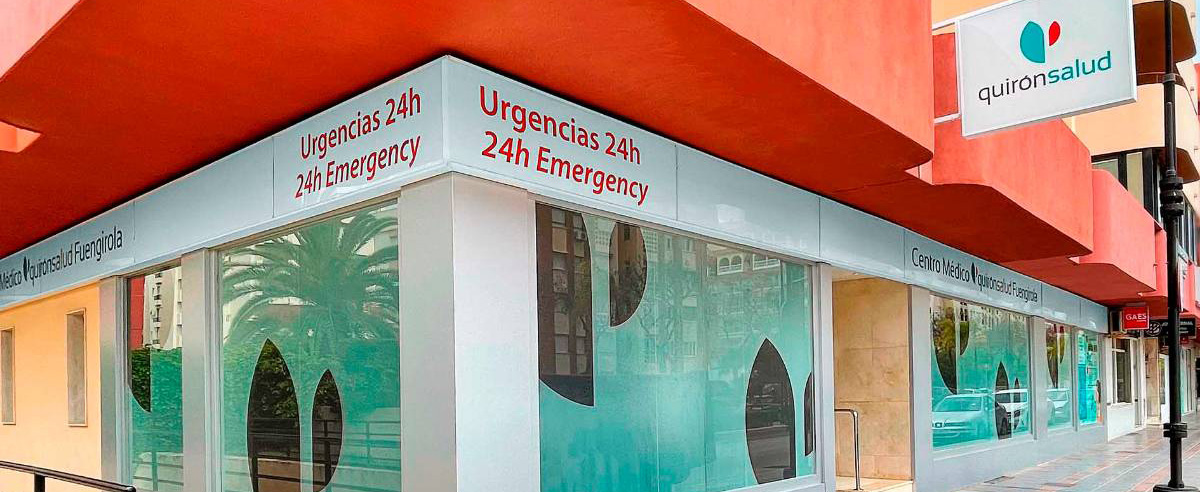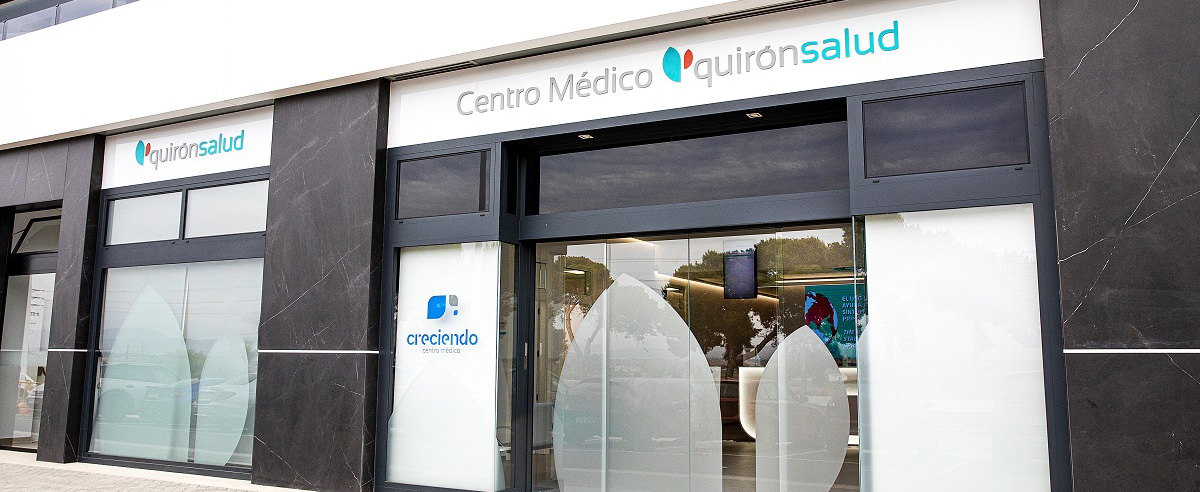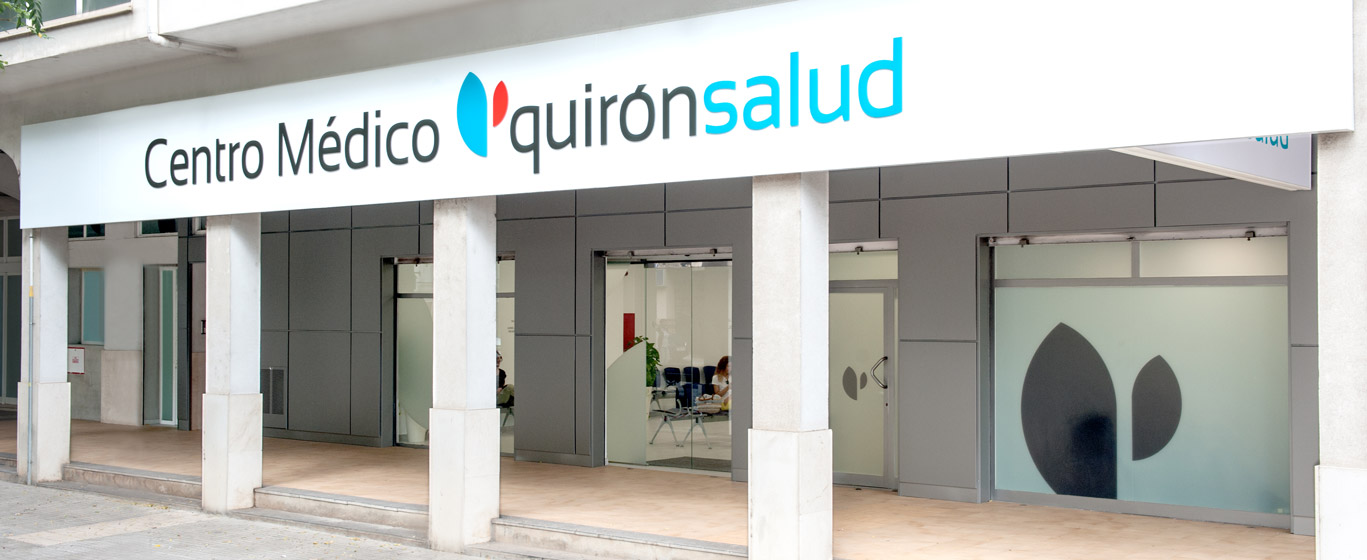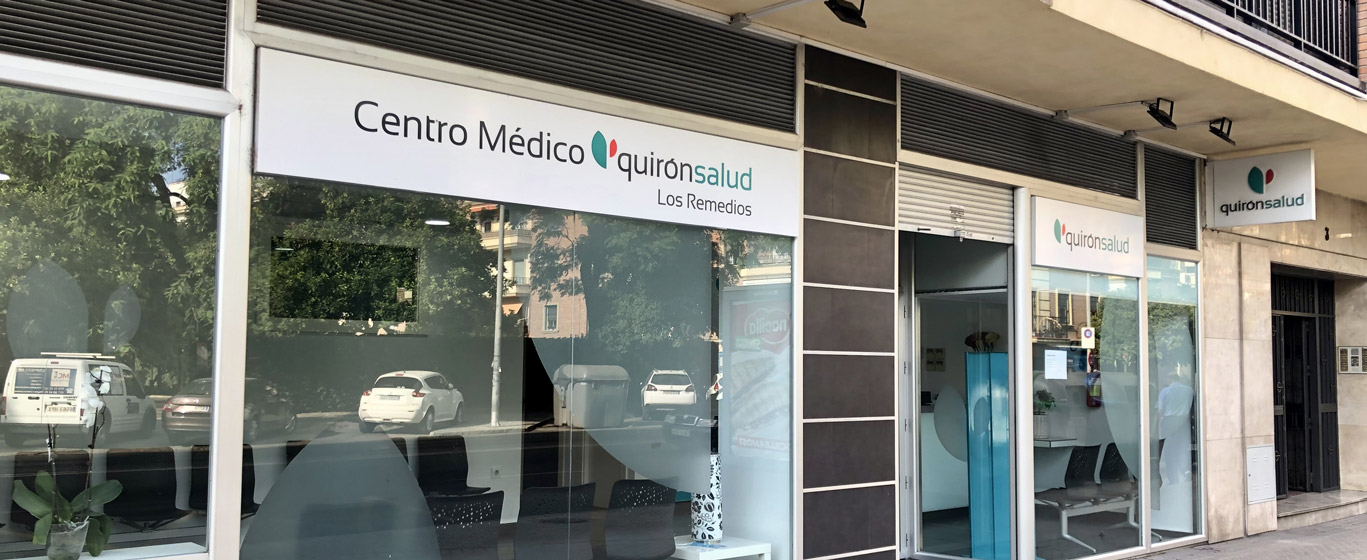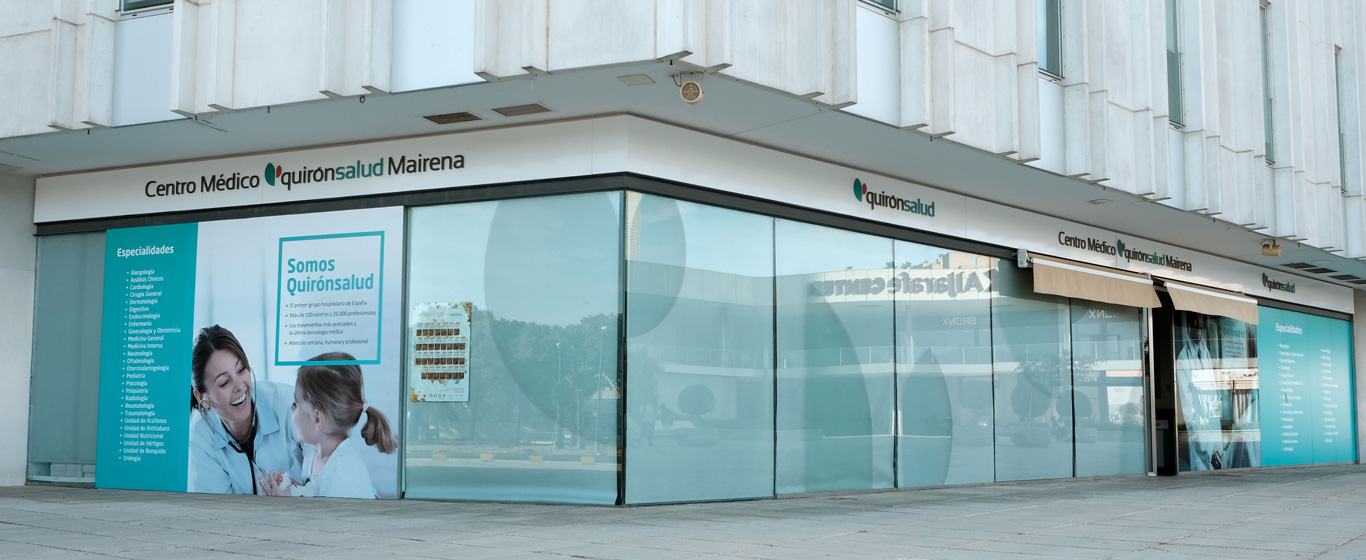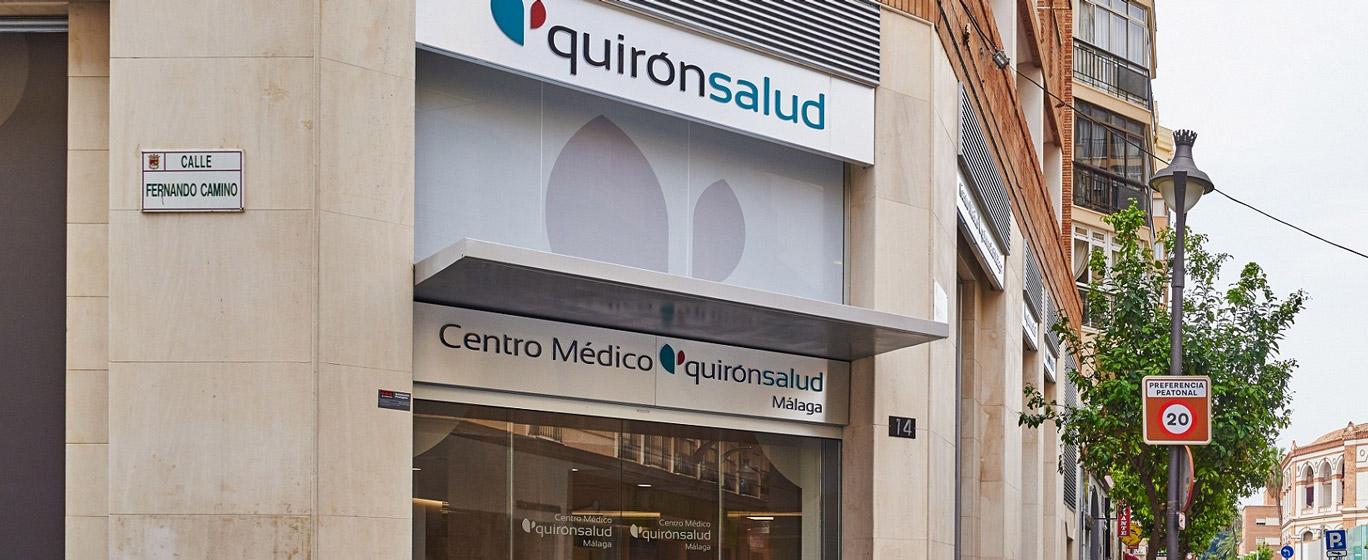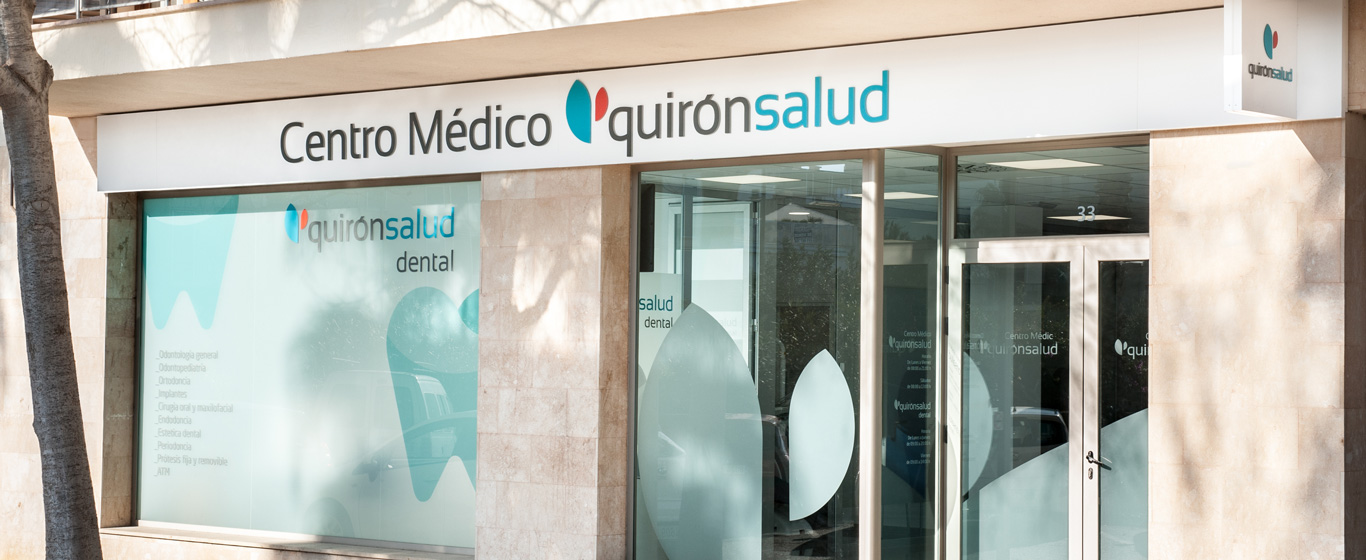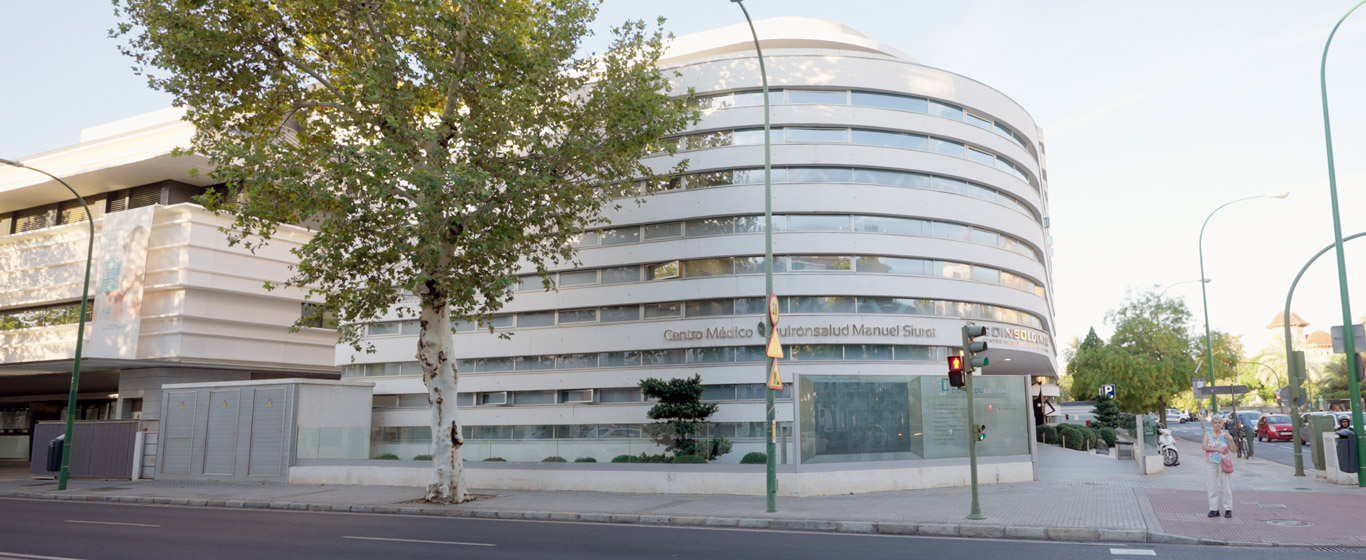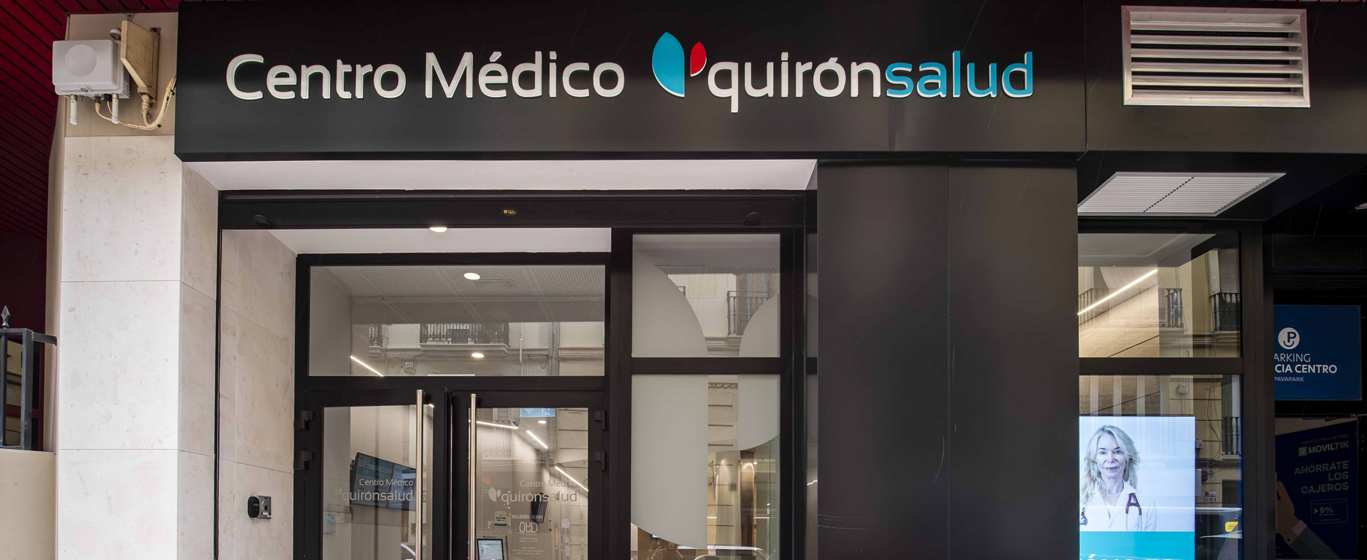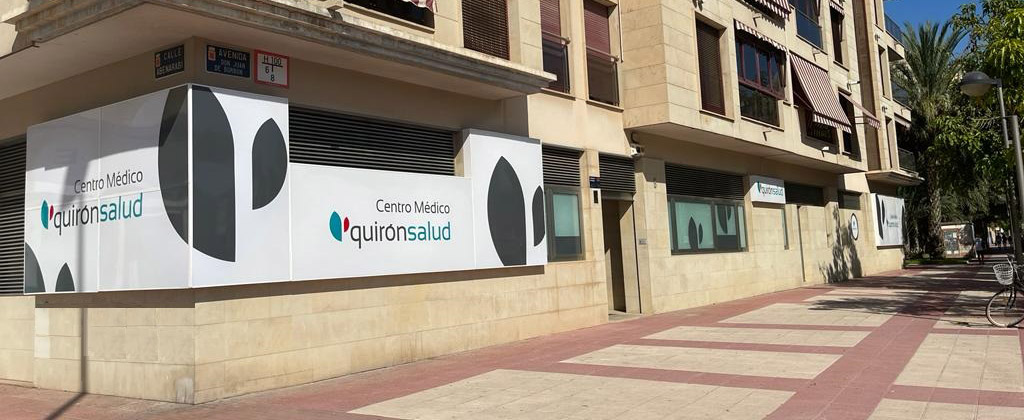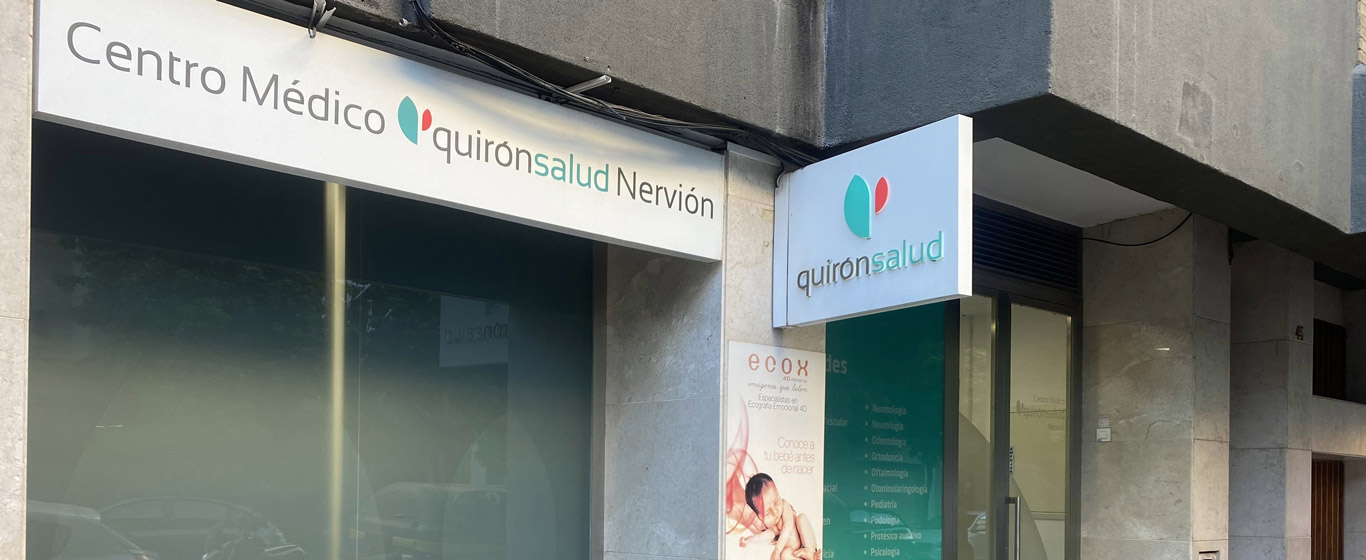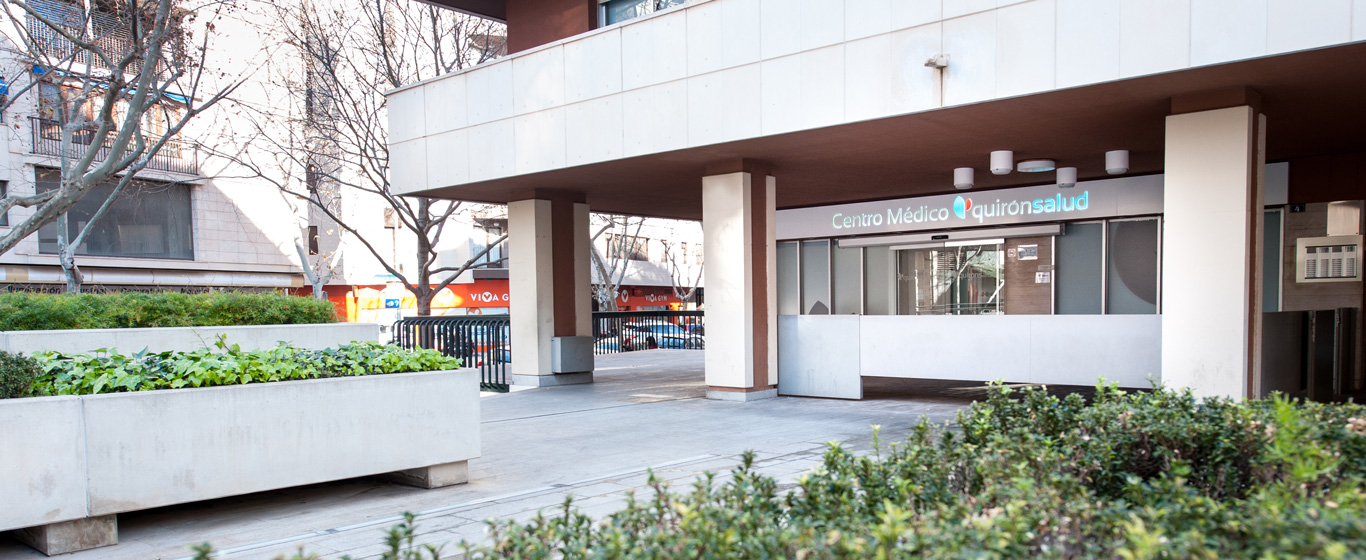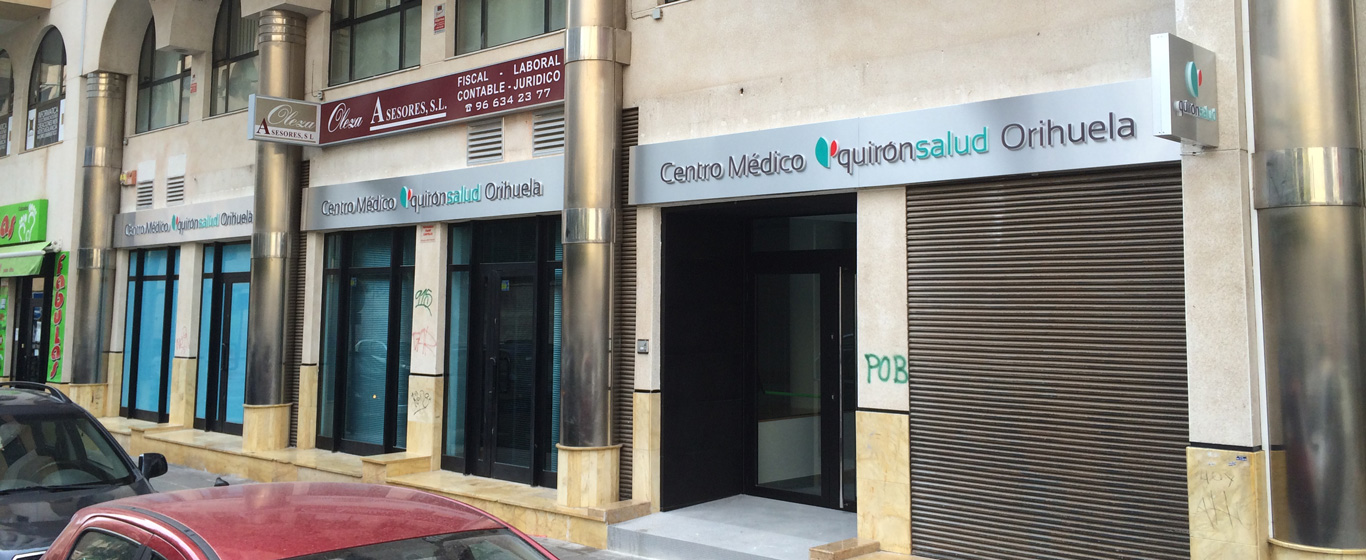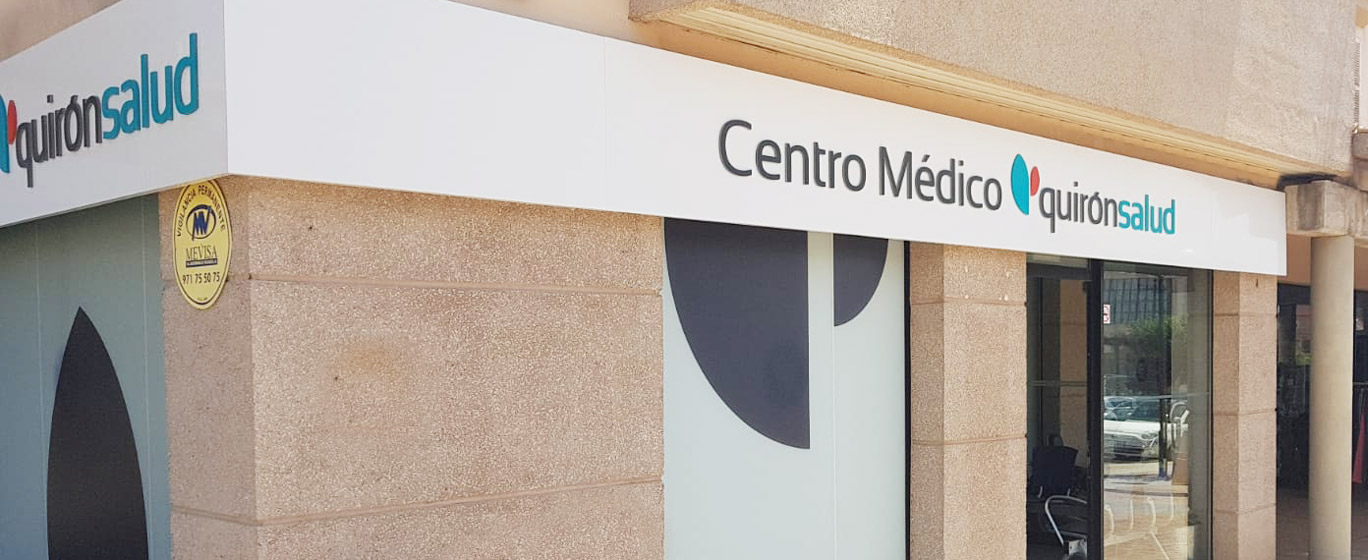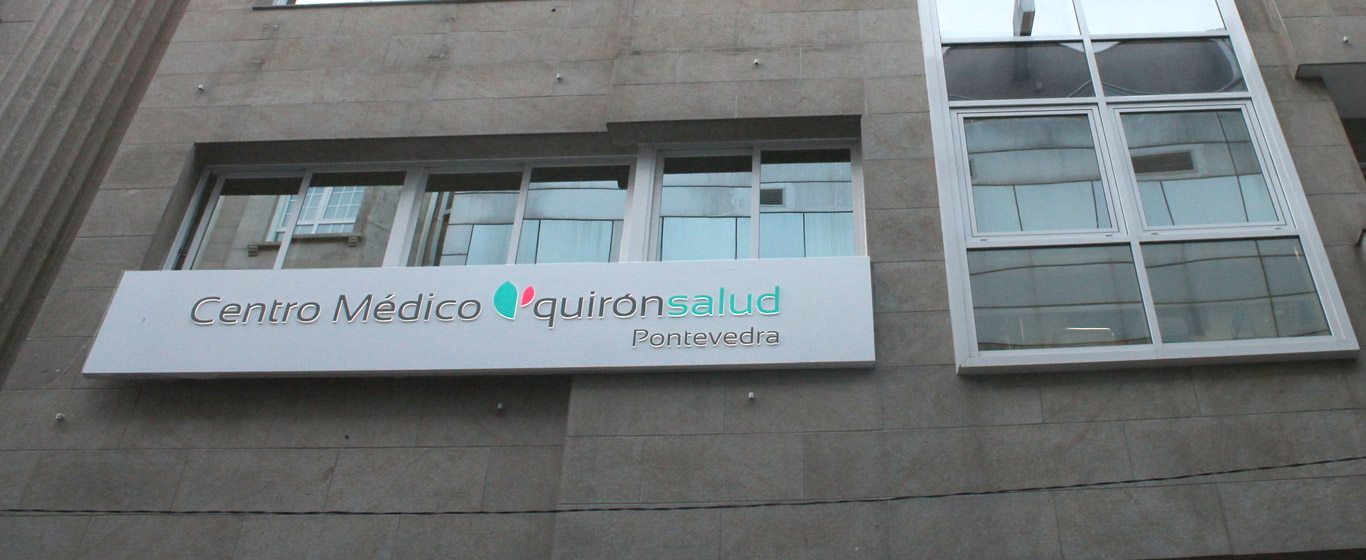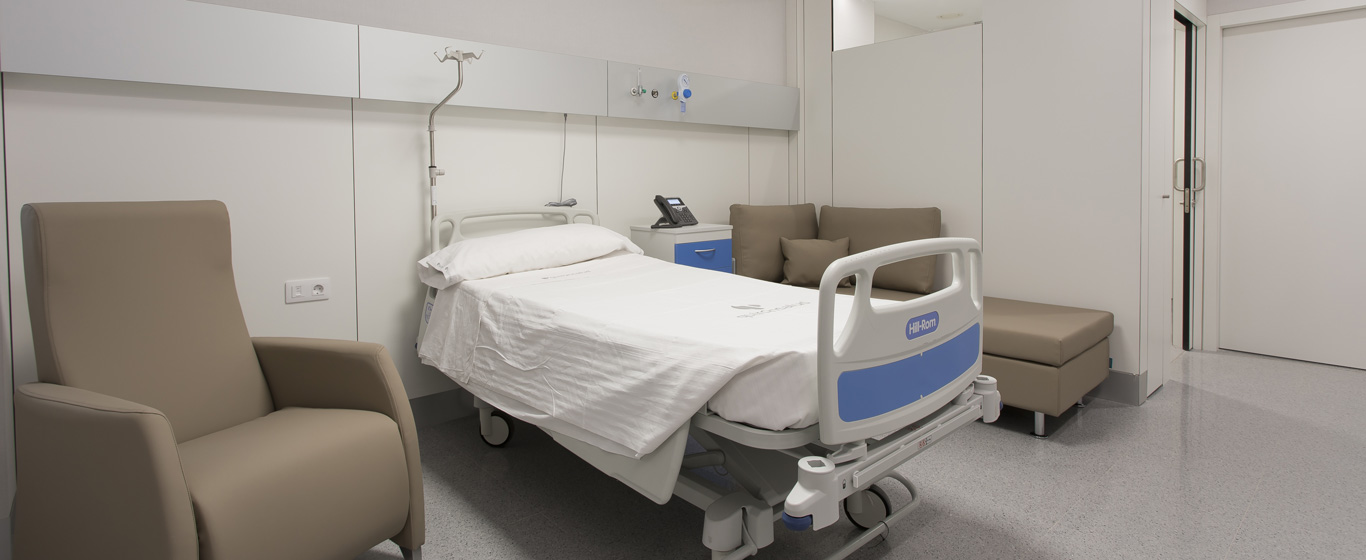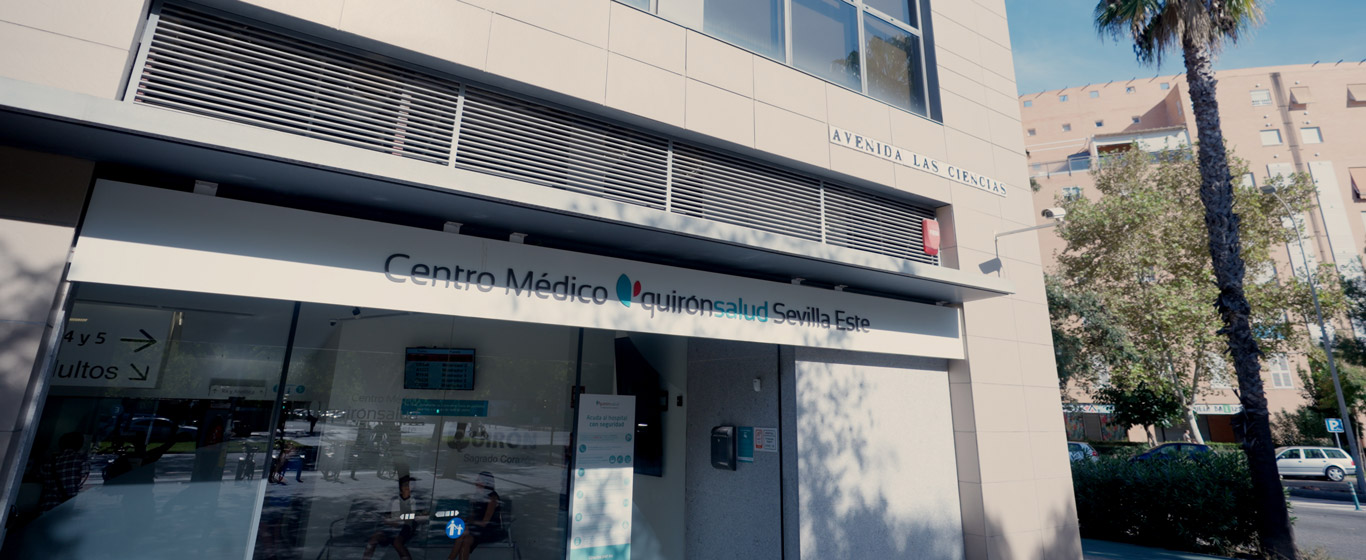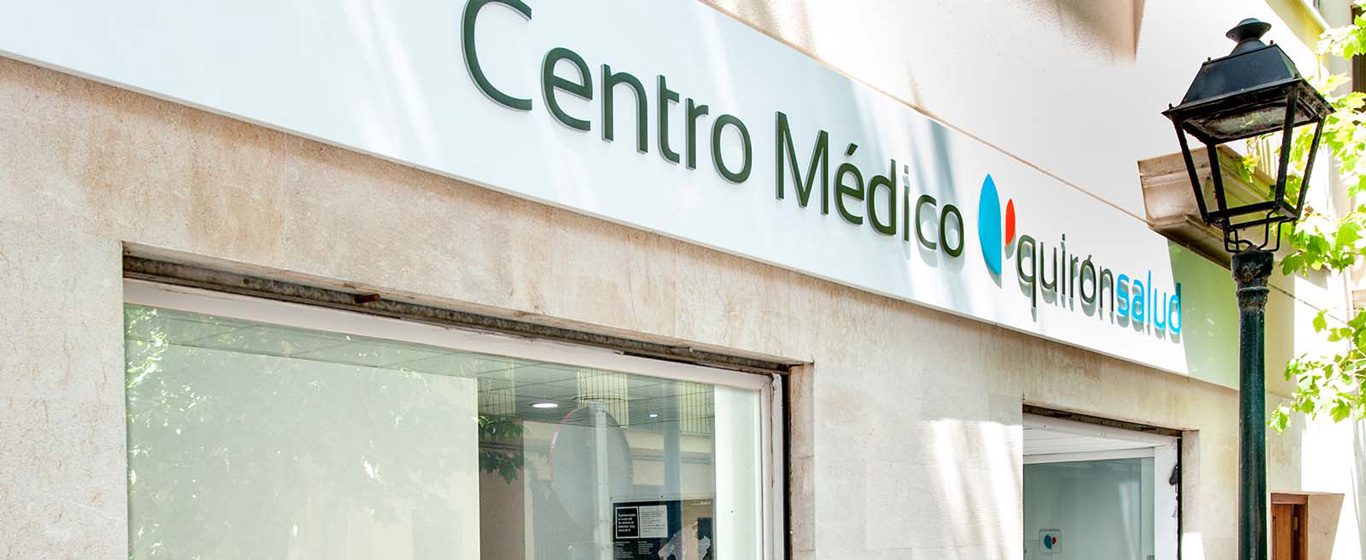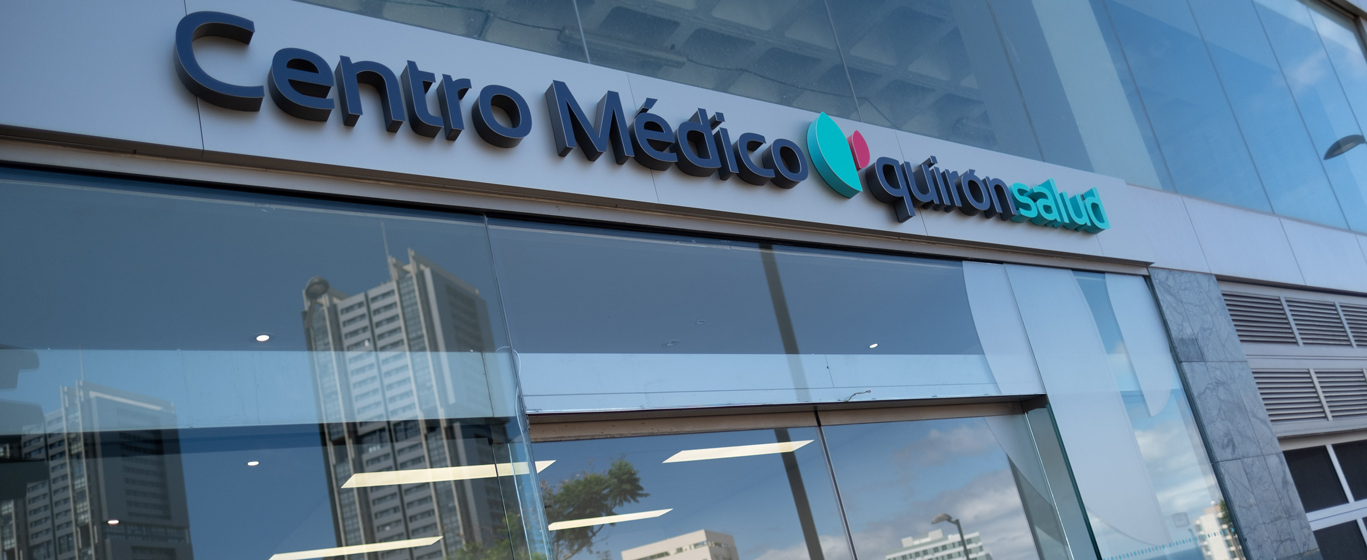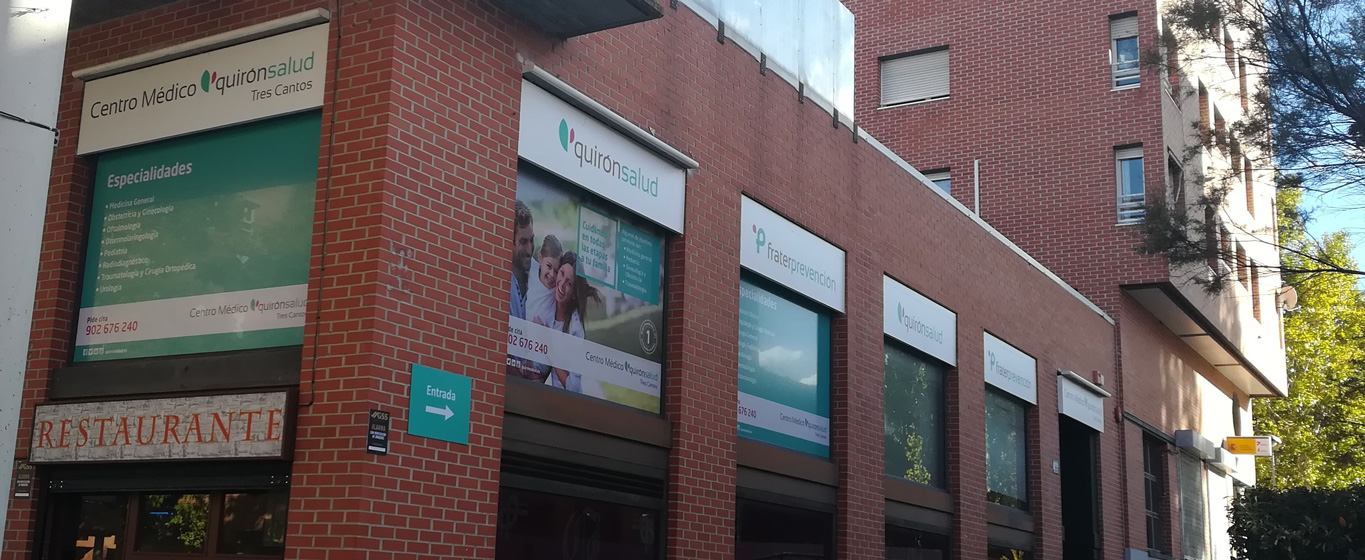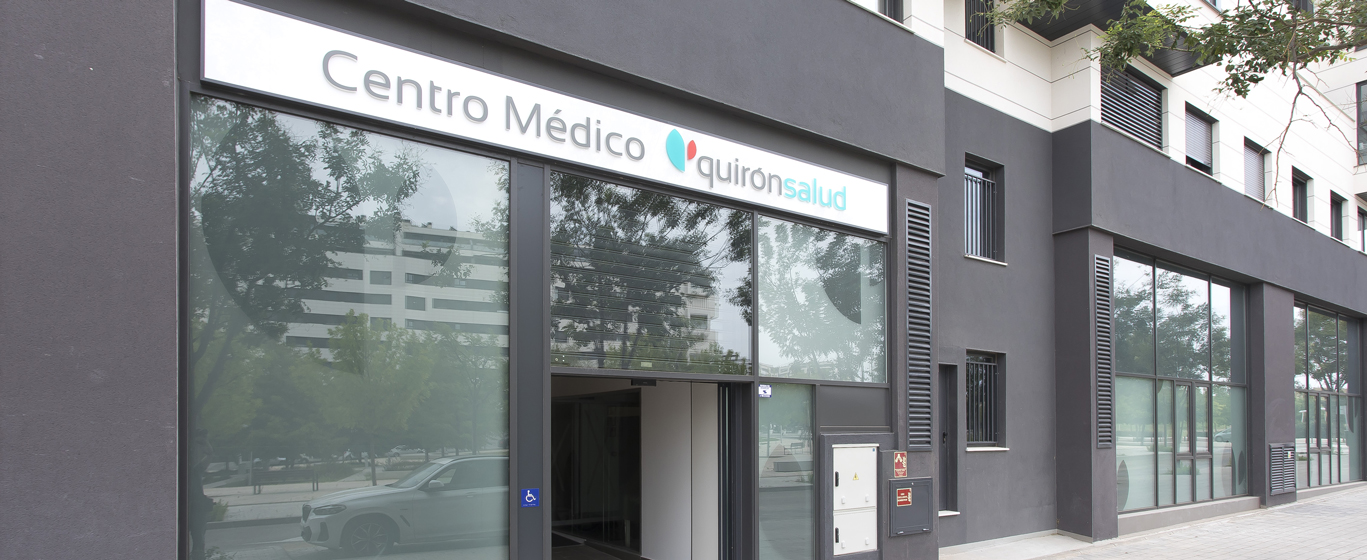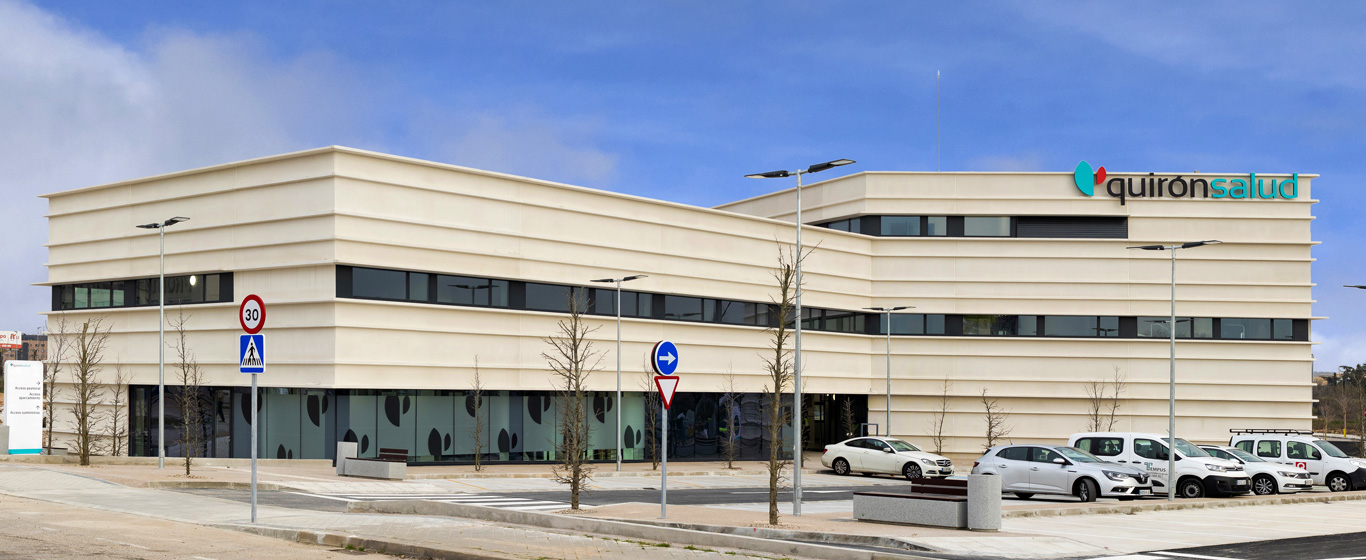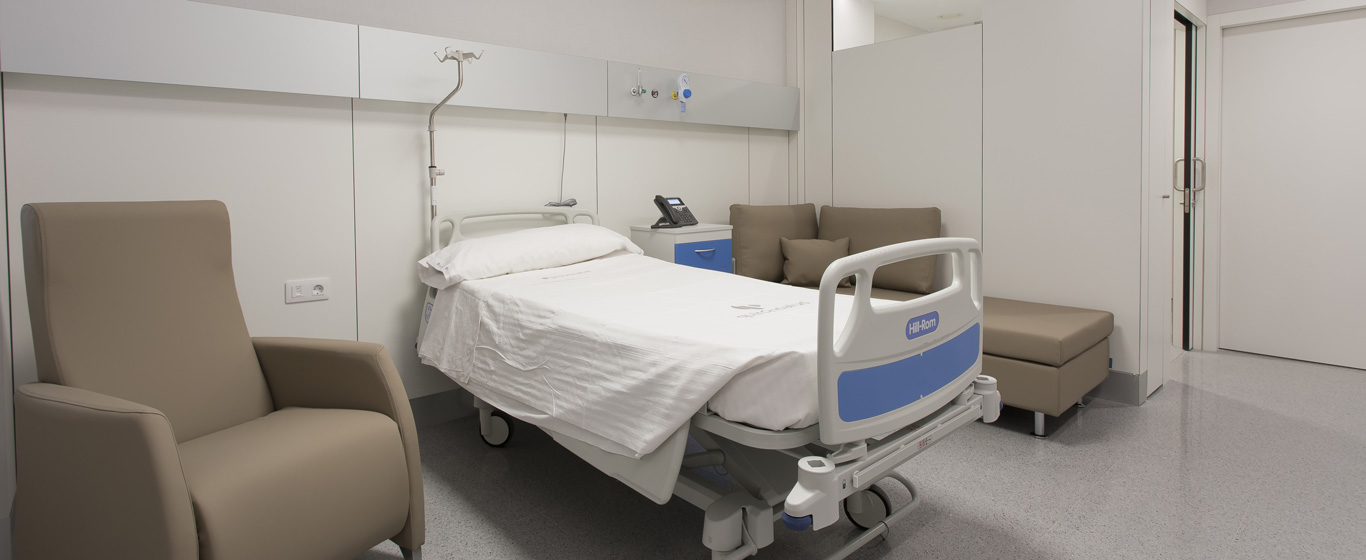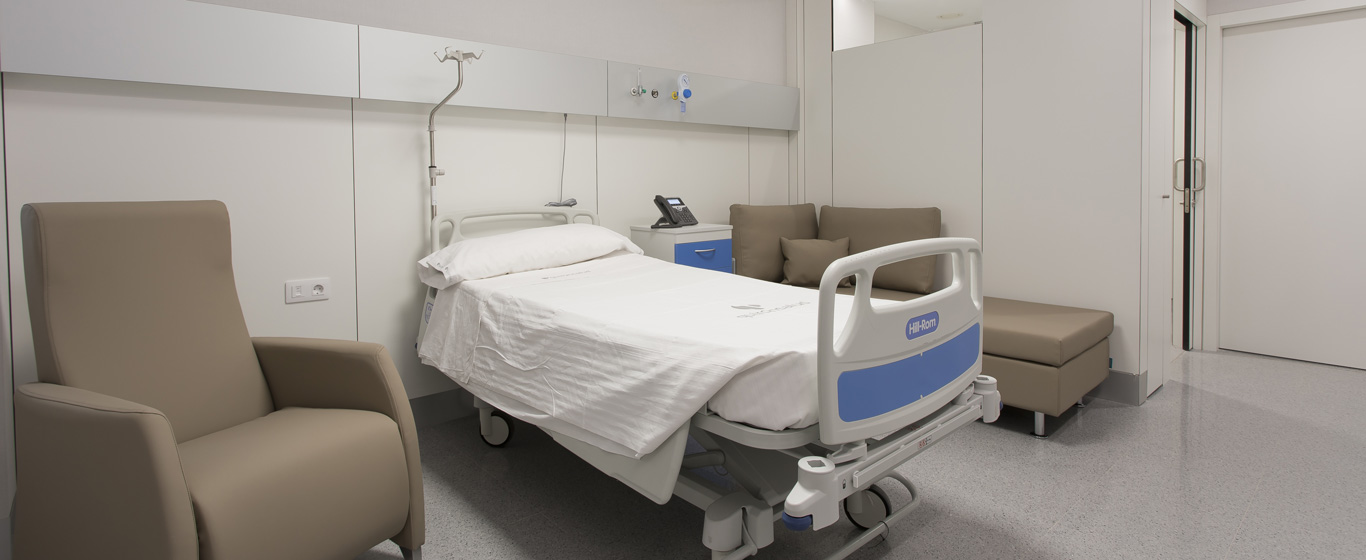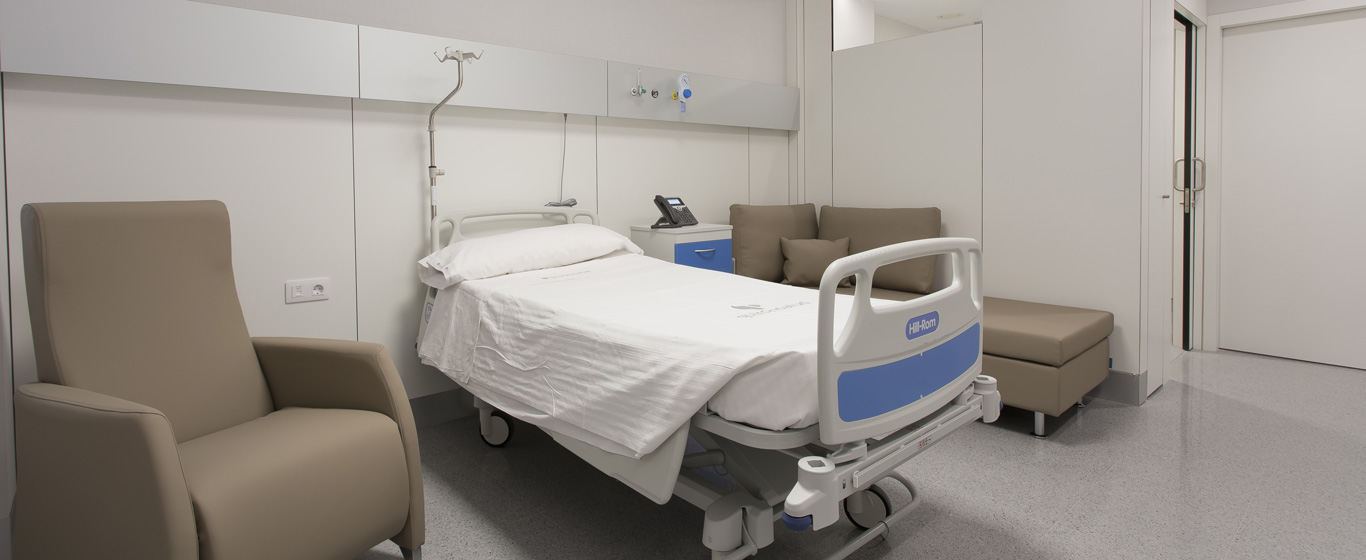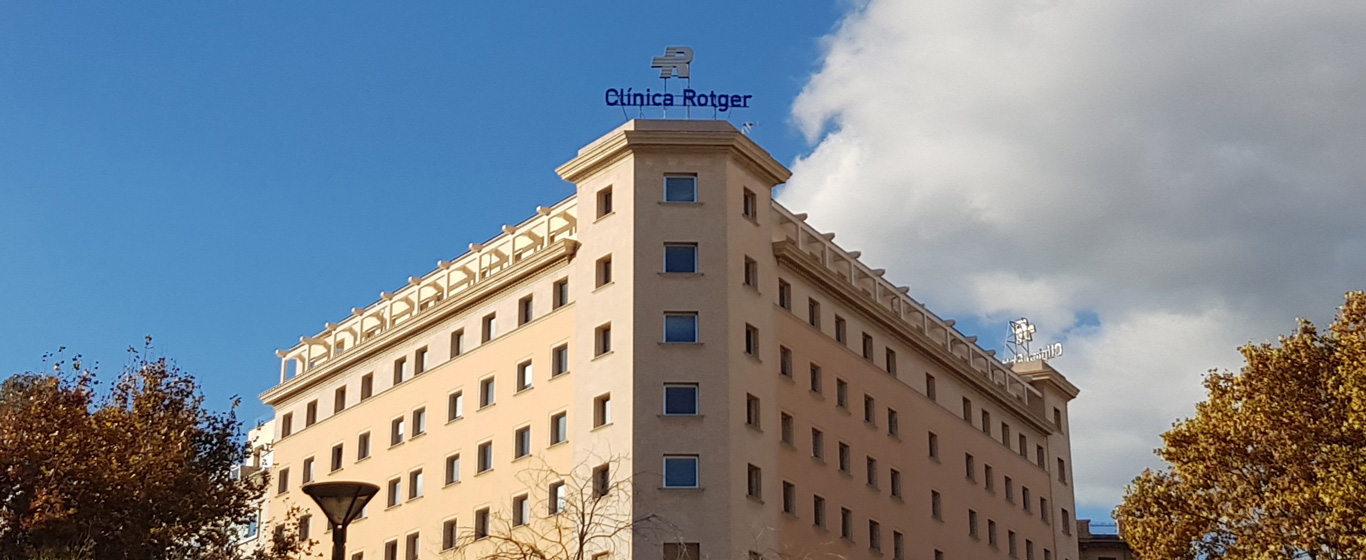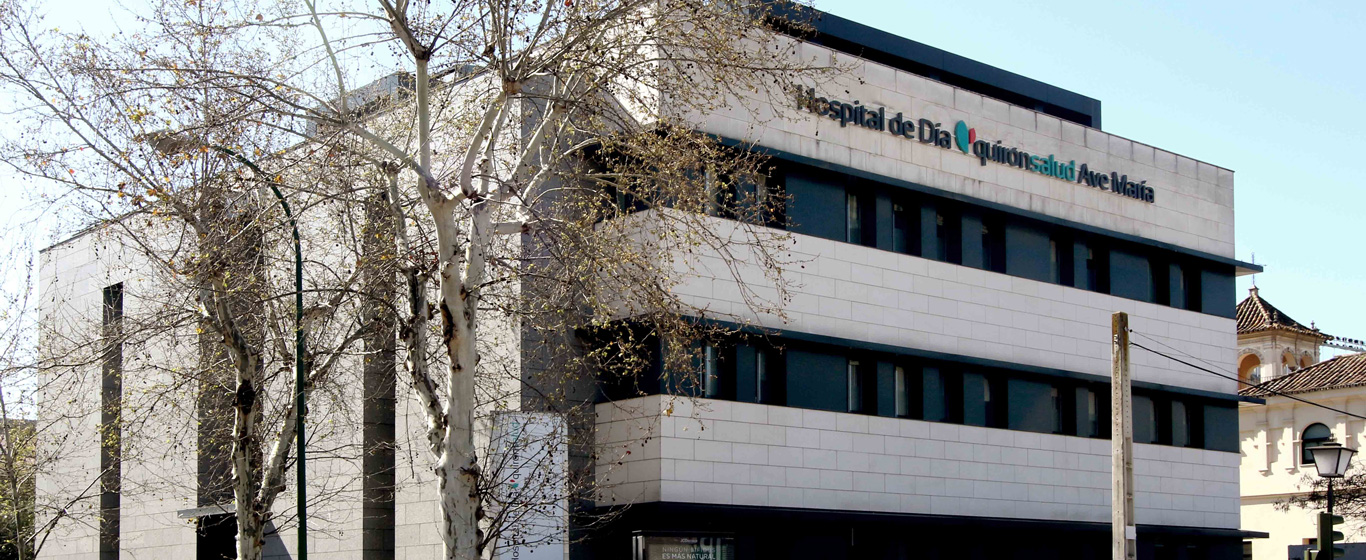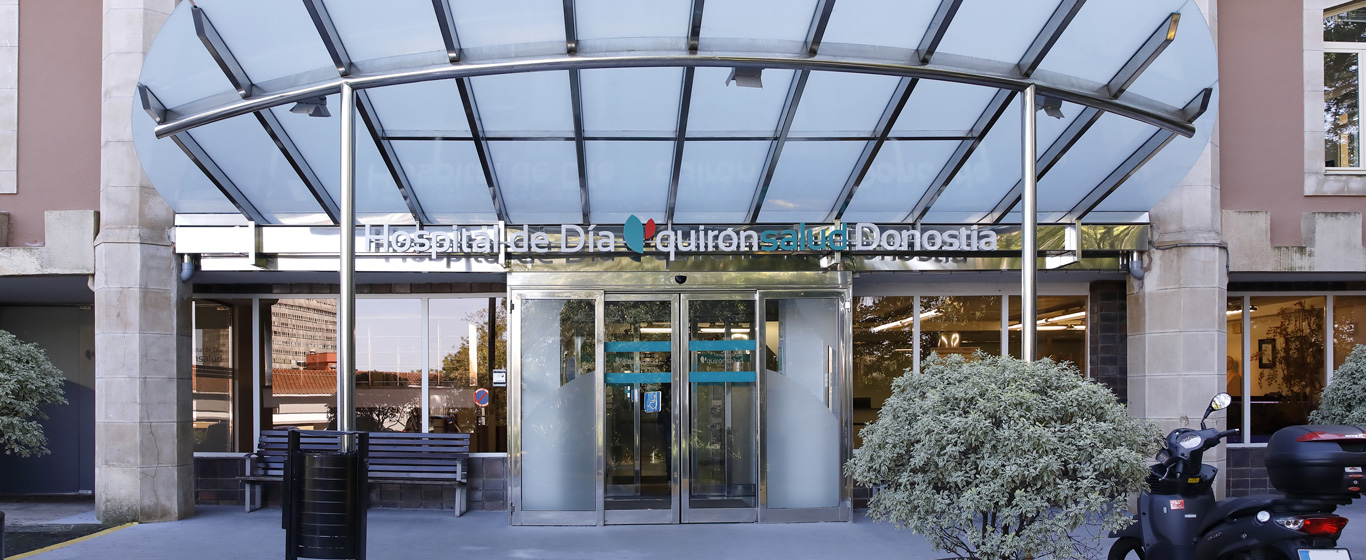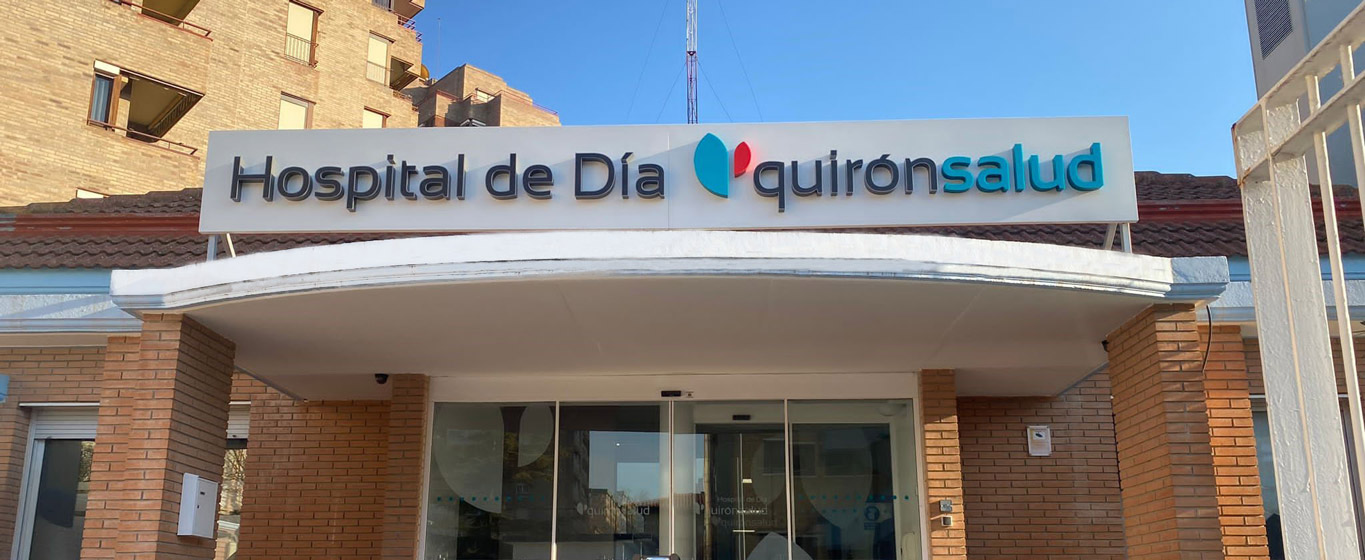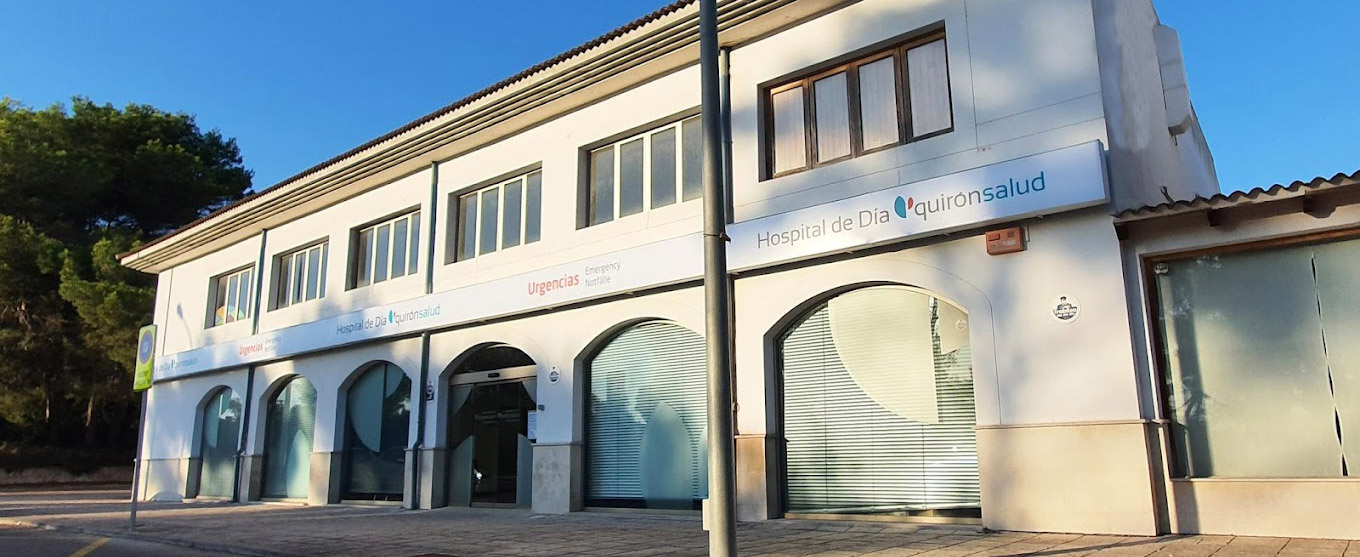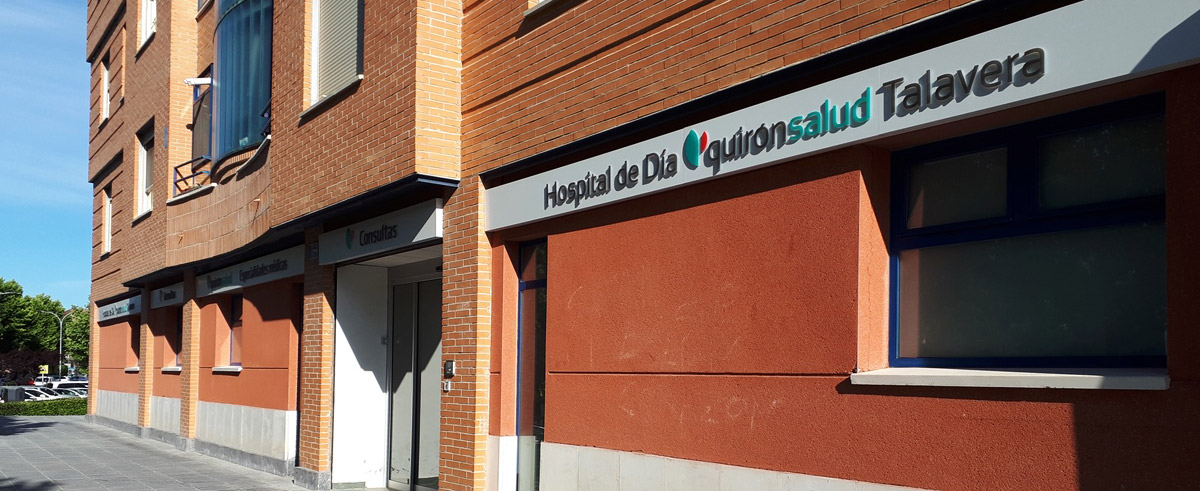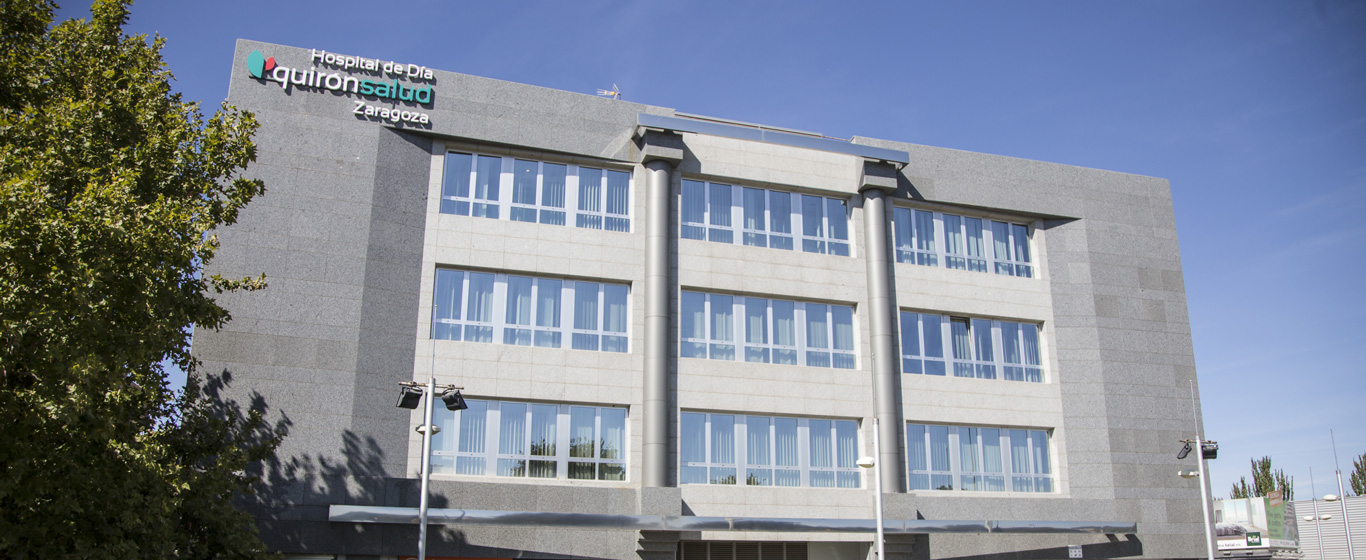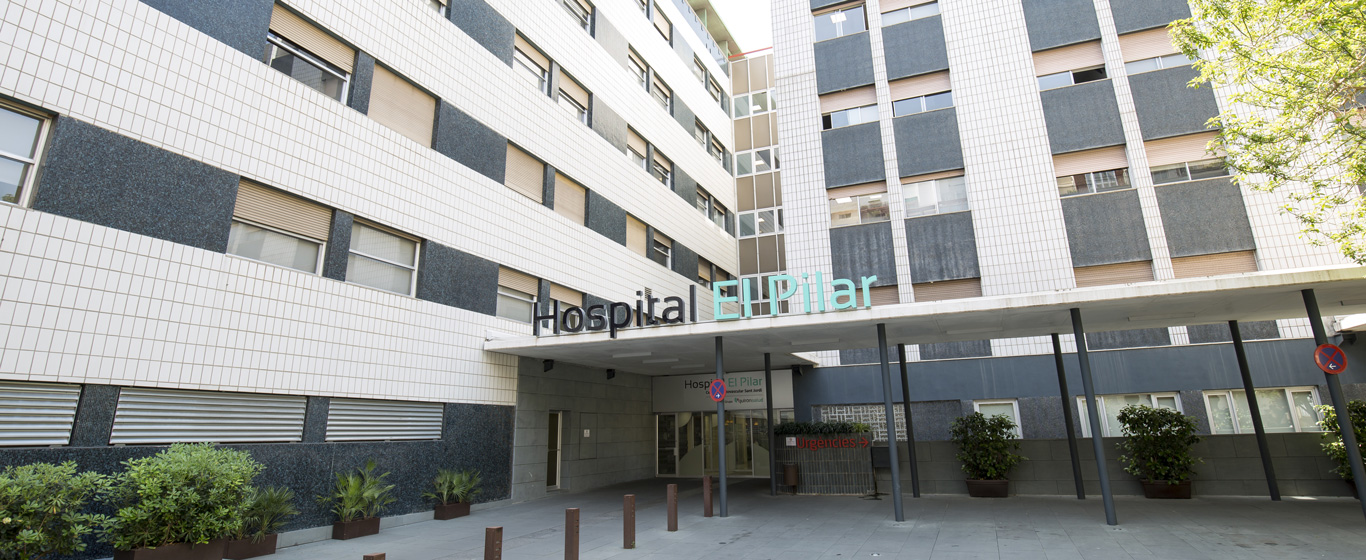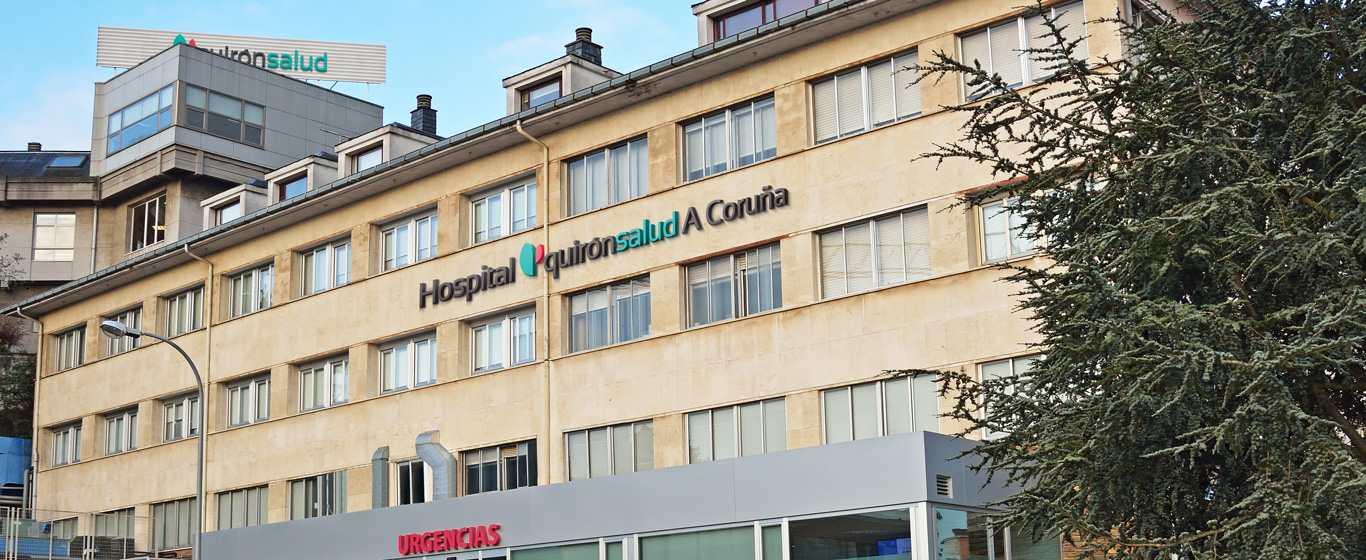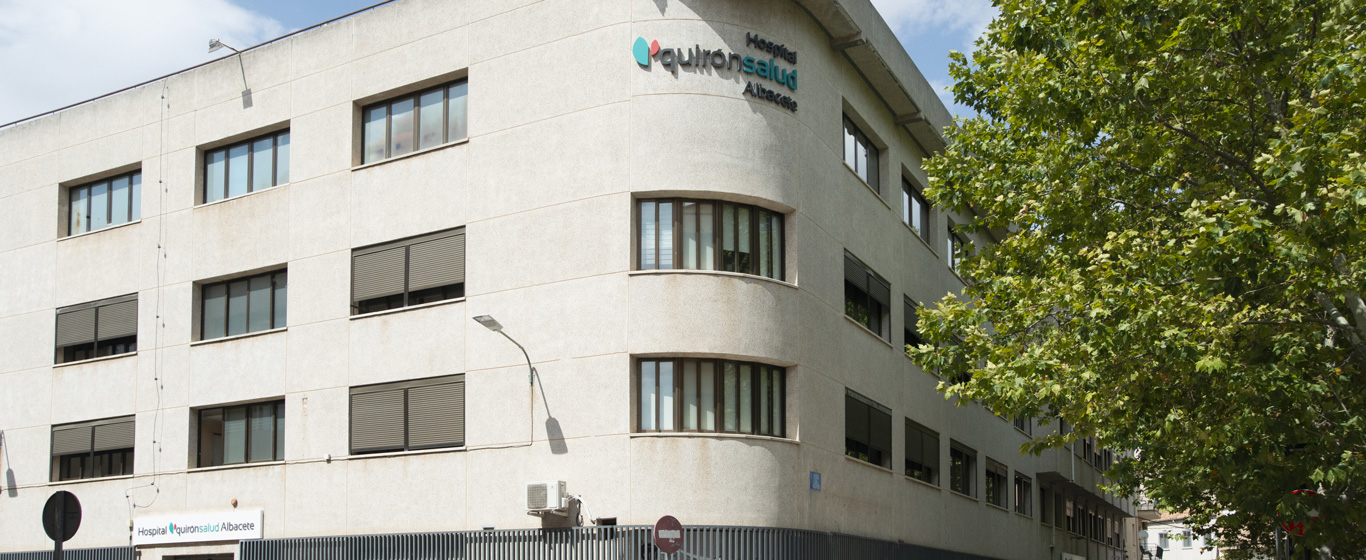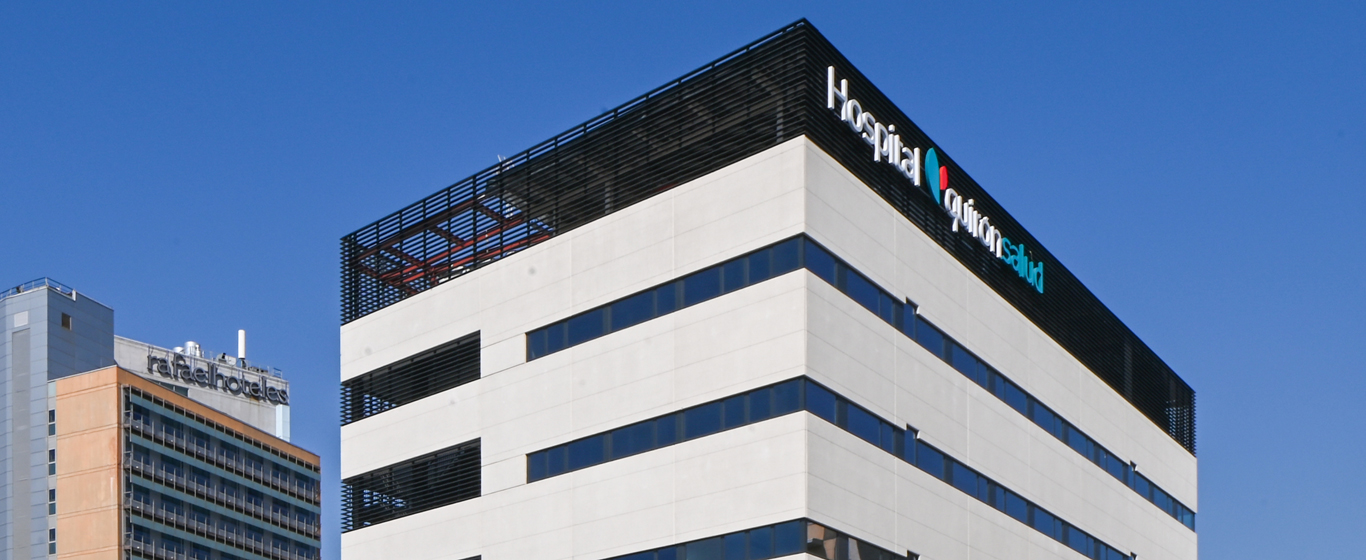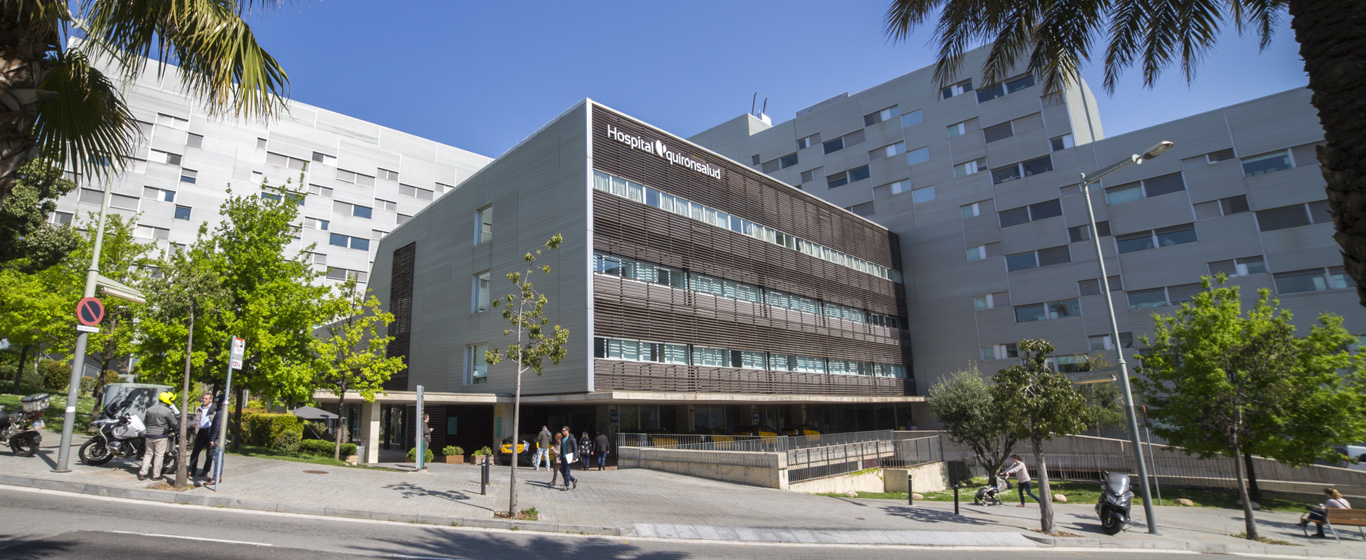Angiology and vascular surgery
Find out everything you need to know about the speciality of angiology and vascular surgery. We will explain what it is, its field of study, the types of procedures and therapies in vascular surgery and the diagnostic tests that are used, and what the consultation with the specialist involves. Book your appointment at one of our hospitals.
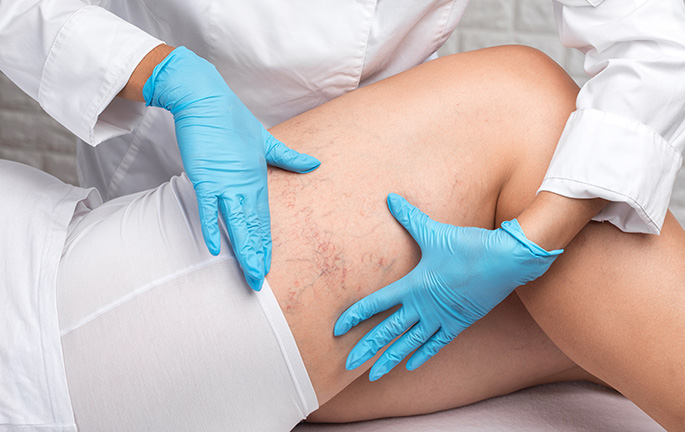
What is angiology and vascular surgery?
The angiology and vascular surgery speciality is a branch of medicine dedicated to the prevention, diagnosis and treatment of diseases that may affect the circulatory system. On the one hand, angiology focuses on the investigation of pathologies of the blood and lymphatic vessels, while vascular surgery is concerned with carrying out the necessary procedures to treat them.
It is therefore a highly comprehensive speciality that can offer a clinical or surgical approach as required.
What do angiology and vascular surgery study?
As mentioned above, this speciality focuses on the morphology, function and diseases of some of the components of the circulatory system. The field of study of angiology and vascular surgery includes veins, arteries and lymphatic vessels, but does not include the heart or the arteries of the brain. There are usually three clearly defined subspecialties:
- Arterial pathology unit: focuses on the care of the arteries, which are responsible for supplying oxygen and nutrients to all organs of the body. Age, high blood pressure, diabetes and smoking are the classic risk factors for aneurysms or peripheral arterial disease. Aneurysms are enlarged arteries, usually in the abdomen and thorax, that pose a risk of rupture and complication for the patient. Peripheral arterial disease involves narrowing or occlusion of the arteries, causing a circulation deficit. In the case of the lower limbs the manifestations can be in the form of pain while walking (window-shopper’s disease), continuous pain even in bed and the appearance of ulcers and lesions on the feet. Arterial pathology units play a very important role in the prevention, treatment and follow-up of diabetic patients with circulation problems in the legs. In the case of diabetic foot disease, this requires very specific care by the vascular surgery department.
- Venous pathologies unit: treats diseases of the veins, the vessels that return blood to the heart. The most common include varicose veins, spider veins or thrombosis. Vascular surgery is also responsible for the treatment of venous compressive syndromes in the abdomen such as May-Thurner syndrome and Nutcracker syndrome.
- Lymphatic pathology unit: deals with the lymphatic system and the treatment of diseases that affect it, such as lymphoedema.
Which patients is it for?
At Quirónsalud, this branch of medicine treats patients of all ages, as venous and lymphatic pathologies can occur at any time of life. However, arterial diseases tend to affect older people to a greater extent. Patients with diabetes, smoking, hypertension or hypercholesterolemia are at increased risk of vascular disease.
Techniques, procedures and diagnostic methods
Our angiology and vascular surgery specialists use the most advanced techniques and precision equipment to diagnose and treat changes in very small, fine and delicate parts of the body. Our centers use cutting-edge technology to treat our patients in an accurate way and with minimally invasive surgical procedures.
Some of the most commonly used diagnostic methods in this speciality are:
- Arteriography: helps view the condition of the vessels by introducing a catheter with contrast through the groin. When the obstruction is not very noticeable, it can also be used as a treatment.
- Doppler ultrasound: uses sound waves to reproduce a clear picture of the speed of blood flow and the condition of veins and arteries.
- Magnetic resonance angiography: obtains 2D or 3D images using a magnetic field and radiofrequency waves.
- Angio-CT: similar to the magnetic resonance angiography but images are obtained by sequential emission of X-ray waves, together with contrast.
- Arterial haemodynamics: a very simple bedside test which measures blood artery foot pressure using a pressure cuff and Doppler equipment and then compares it with the blood pressure in the arms. This test allows us to quantify the extent of reduced circulation by the narrowing or obstruction we are studying.
Vascular treatments include:
- Stent placement: used both to treat aneurysms (covered stents that redirect blood flow) and to widen arteries or veins when necessary. It involves inserting a small spring-like device that opens to keep the walls of the blood vessels open.
- Angioplasty: this is similar to the previous procedure, but uses a balloon that is inserted with a catheter and swells when it reaches the area to be treated.
- Saphenectomy: an operation to remove varicose veins in which all or part of the thickened vein is removed.
- Radiofrequency and endolaser for varicose veins: much more advanced and less invasive techniques for the treatment of varicose veins. An ultrasound-guided catheter is introduced into the dilated saphenous vein and the vein that is no longer functioning correctly and is the cause of varicose veins and leg symptoms is annulled by means of a thermal stimulus.
- Chemical sclerosis, foam and microfoam: different tools for the treatment of spider veins and smaller varicose veins. These treatments are performed in the doctor’s office, do not require anaesthesia and do not interfere with the patient’s normal working life. Several sessions are usually necessary, depending on each patient, to achieve a positive result.
- Open arterial surgery: depends on the characteristics of the lesions in the arteries, such as length, location, extension, etc. The best solution to treat the narrowing will be to perform a bypass or widening of the artery by direct surgery of the lesions. There are different techniques and options for each patient. The vascular surgeon will inform you about the whole process and the expected outcome.
- Carotid artery surgery: this operation removes the calcium or cholesterol plaque from the carotid artery, which is responsible for causing strokes, embolisms and cerebral infarctions, as it is one of the main arteries that carry blood, oxygen and nutrients to the brain.
- IVUS or intravascular ultrasound: this is a highly advanced diagnostic technique in which a fine catheter is introduced into the blood vessel to obtain a high-quality image in which we can study narrowing of arteries and veins, as well as dilatations and possible ruptures. This technique enables very precise selection of the diameter and length of the stent, which helps personalise the treatment as much as possible for each patient.
- Dialysis fistulas: creation of optimal vascular accesses for dialysis sessions. Depending on the condition of the arteries and veins in your arms, the specialist will advise you to opt for an "autologous" fistula, joining an artery and vein of your own, a "prosthetic" fistula using an artificial conduit, or the implantation of a special catheter for dialysis.
Diseases and symptoms
Main pathologies and diseases
Angiology and vascular surgery focus on diseases and conditions such as:
- Aneurysms
- Thrombosis (both arterial and venous)
- Varicose veins and spider veins
- Vasculitis
- Lymphoedemas
- Phlebitis (I would remove either this or thrombophlebitis as they are redundant).
- Diabetic foot
- Mesenteric ischaemia
- Arteriovenous fistulas
- Intermittent claudication, "window-shopper’s" disease
- Venous compressions in the abdomen (May-Thurner, Nutcracker)
- Carotid artery disease
- Vascular malformations
- Lipoedema
Related symptoms
Some of the most common symptoms shown by patients during a consultation are:
- Blemishes on the skin (white, red, brown...)
- Pruritus or itchy skin, itchiness
- Swollen ankles
- Muscular spasms
- Numbness
- Abdominal pain
- Painful digestion with weight loss
- Purple, bulging veins
- Absence of feeling in the feet
- Tingling and cramps
- Fever
- Fatigue
- Pain in the legs while walking that makes it necessary to stop
About the angiology and vascular surgery consultation
We solve any doubts you may have before you see the specialist
One of the main tasks of our angiologists is prevention. Therefore, at Quirónsalud we would like to remind you of the importance of consulting a doctor if you notice any of the symptoms mentioned above, especially if you have any of the main risk factors: smoking, obesity, sedentary lifestyle, hypertension, diabetes, high cholesterol or pregnancy.
What should you keep in mind?
At your first appointment, the specialist will take your medical and family history to find out your general state of health. They will ask questions about your lifestyle and any previous diseases you have suffered from. They will then assess the symptoms for which you have come for a consultation and carry out a physical examination.
In order to analyse the situation in depth and find out what is causing the patient’s discomfort, additional tests are usually requested before a diagnosis can be made. Some of these tests will be carried out in the doctor’s office, and in most cases, a high resolution consultation can be carried out where the specialist will be able to make a diagnosis and plan a personalised treatment.
What should I take to the appointment?
We recommend that you come to the appointment with a list of the symptoms, any previous diseases and the questions you want to ask the angiologist. In addition, you should bring the results of any tests that have already been carried out or medical reports from other specialities that are related to the current pathology.
You may receive a questionnaire a few days before your appointment asking about your medical history, usual medication and other specific questions that will allow us to anticipate certain aspects of your consultation, helping us to expedite your treatment and offer you a more personalised care. To do this, we recommend that you download the free Quirónsalud Patient Portal application, which will facilitate communication with your healthcare team.

If you have any further questions, please contact us through the Patient Services telephone number: 900 301 013




